THE LINK to #urbanana:
Bauhaus in Krefeld, 2/2 – More Mies!
in English / Perlen der Provinz: 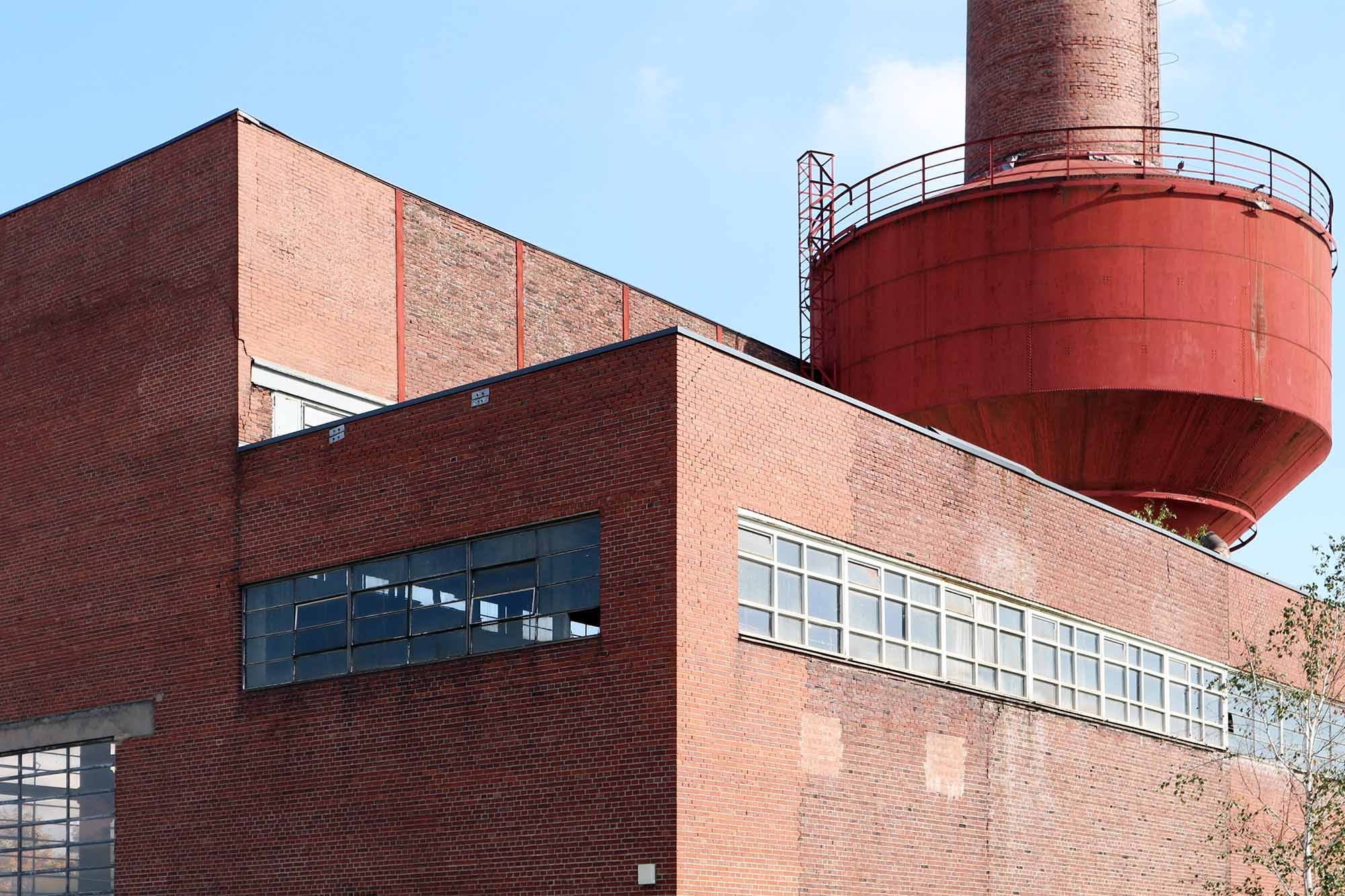
The Mies van der Rohe-effect sets in as soon as one walks through the light-flooded offices and gazes through large windows into the surrounding green space, out over the harmonious, high-quality setting. When the work becomes light and luminous, and the architecture inspiring. Wolf-Reinhard Leendertz, owner and developer of the Mies van der Rohe Business Park since 2010, is firmly convinced by this architectural Mies-impression. Appropriately, the motto of the park reads: „Bauhaus meets business.“ Accordingly, the operating company demonstrates that the Bauhaus is as lively and contemporary as ever. Even in the 21st century, a good 100 years after the foundation of the legendary design school, it stands for formally beautiful, progressive architecture, art and design products.
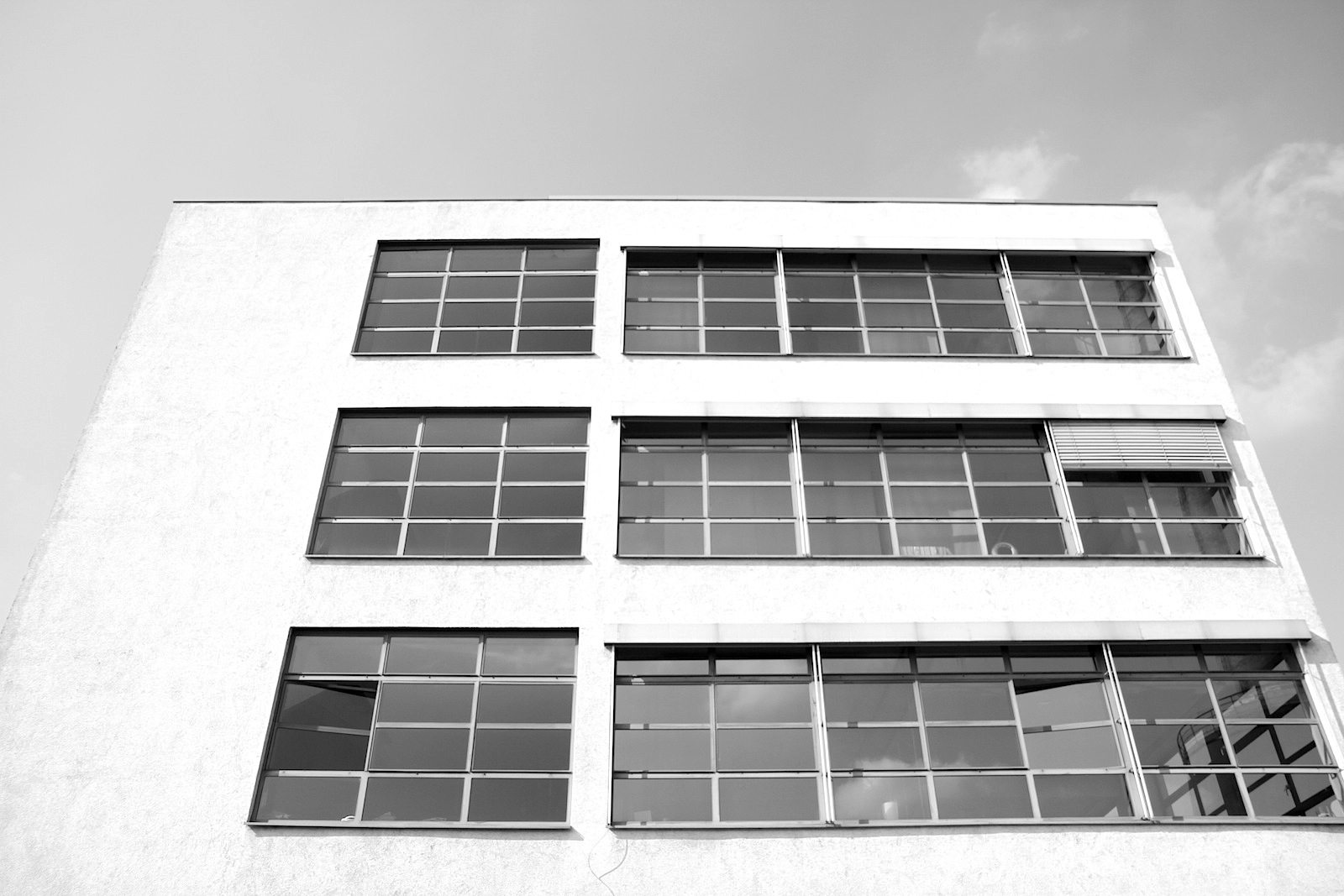
Mies van der Rohe Business Park
Mies designed the HE and the dye-works building in the 1930s in the city of Krefeld for Verseidag (United silk mills corporation).
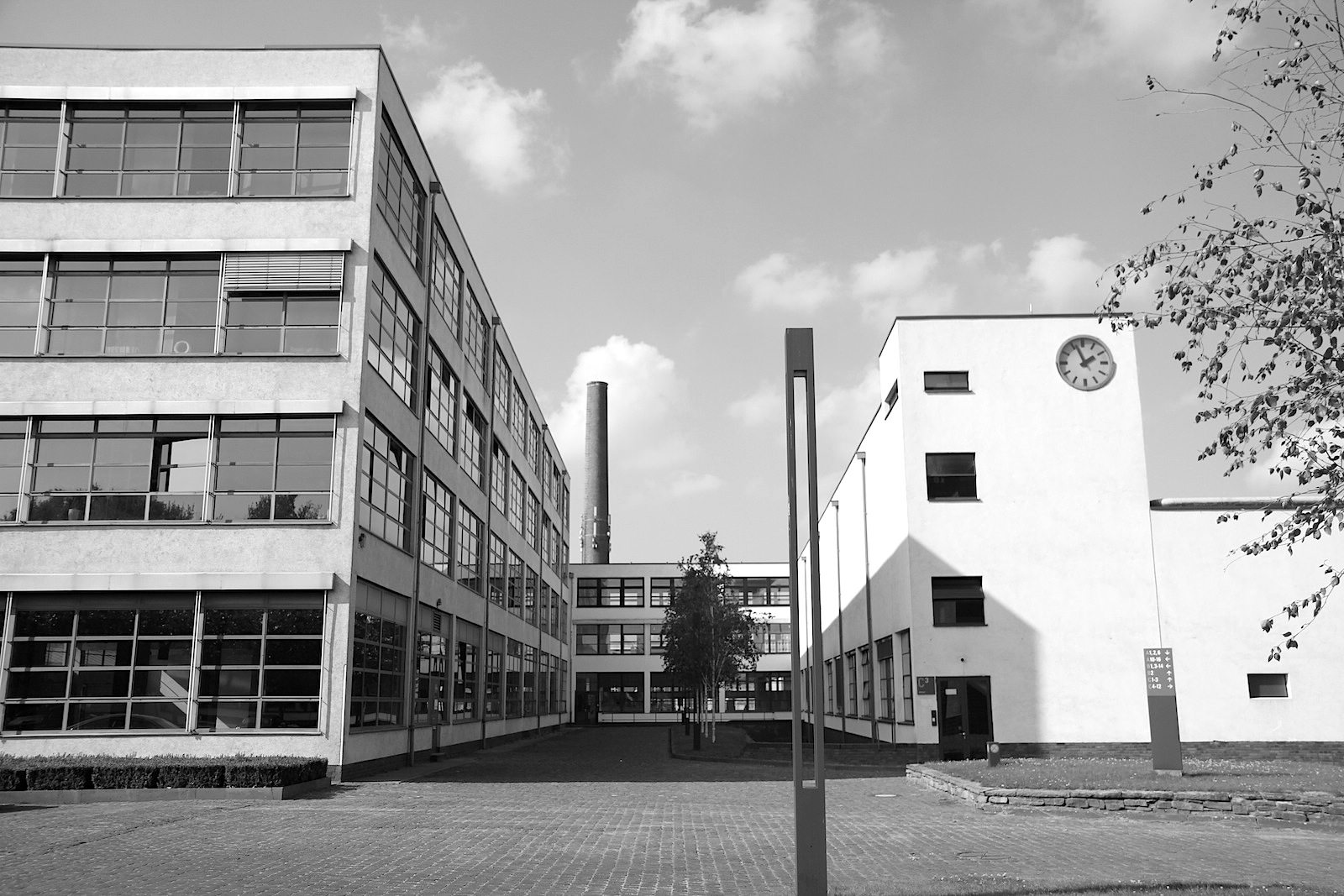
Mies van der Rohe Business Park
On the right: the so-called clock tower
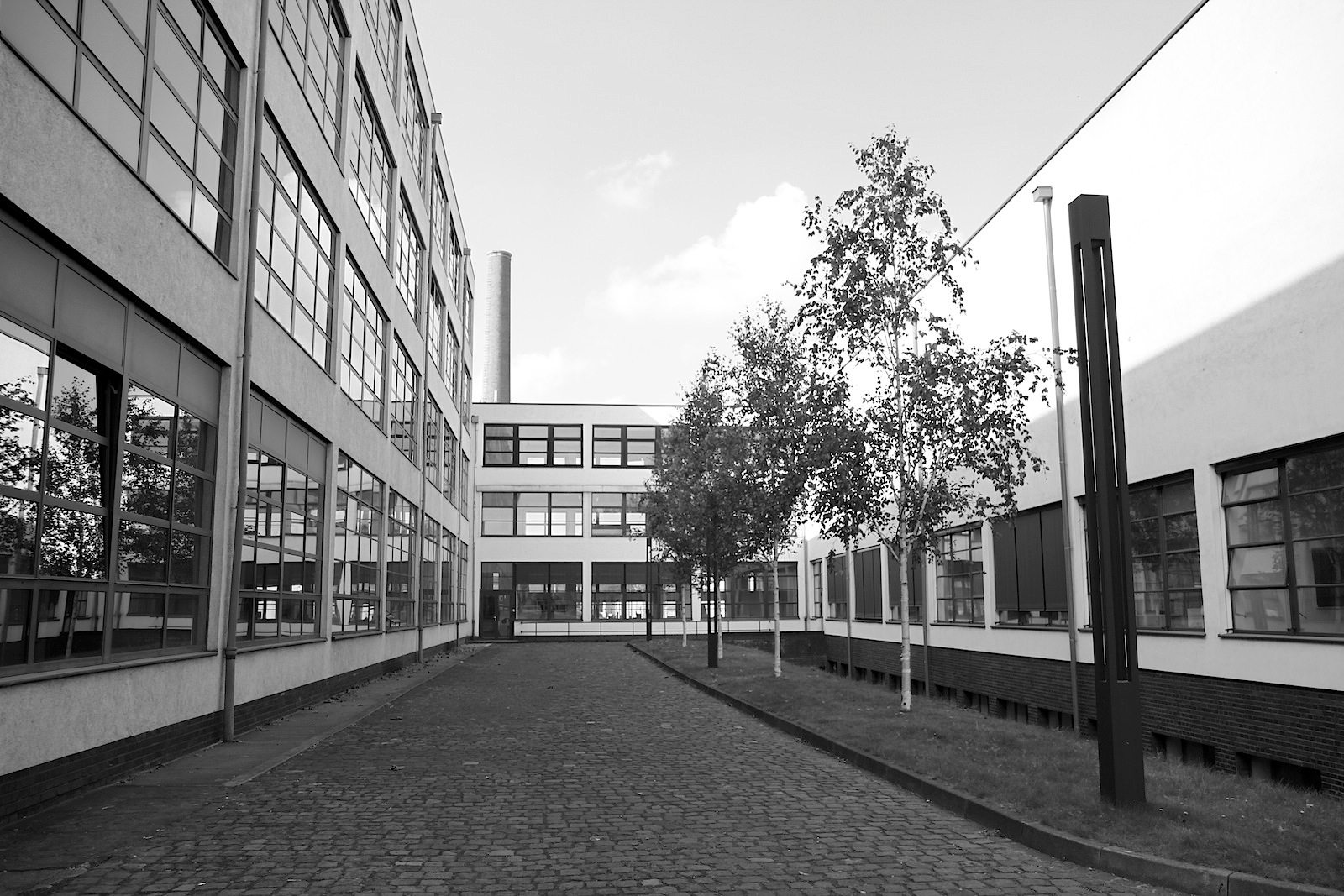
Mies van der Rohe Business Park
Mies's idea of functionality, formal lucidity, materiality and ...
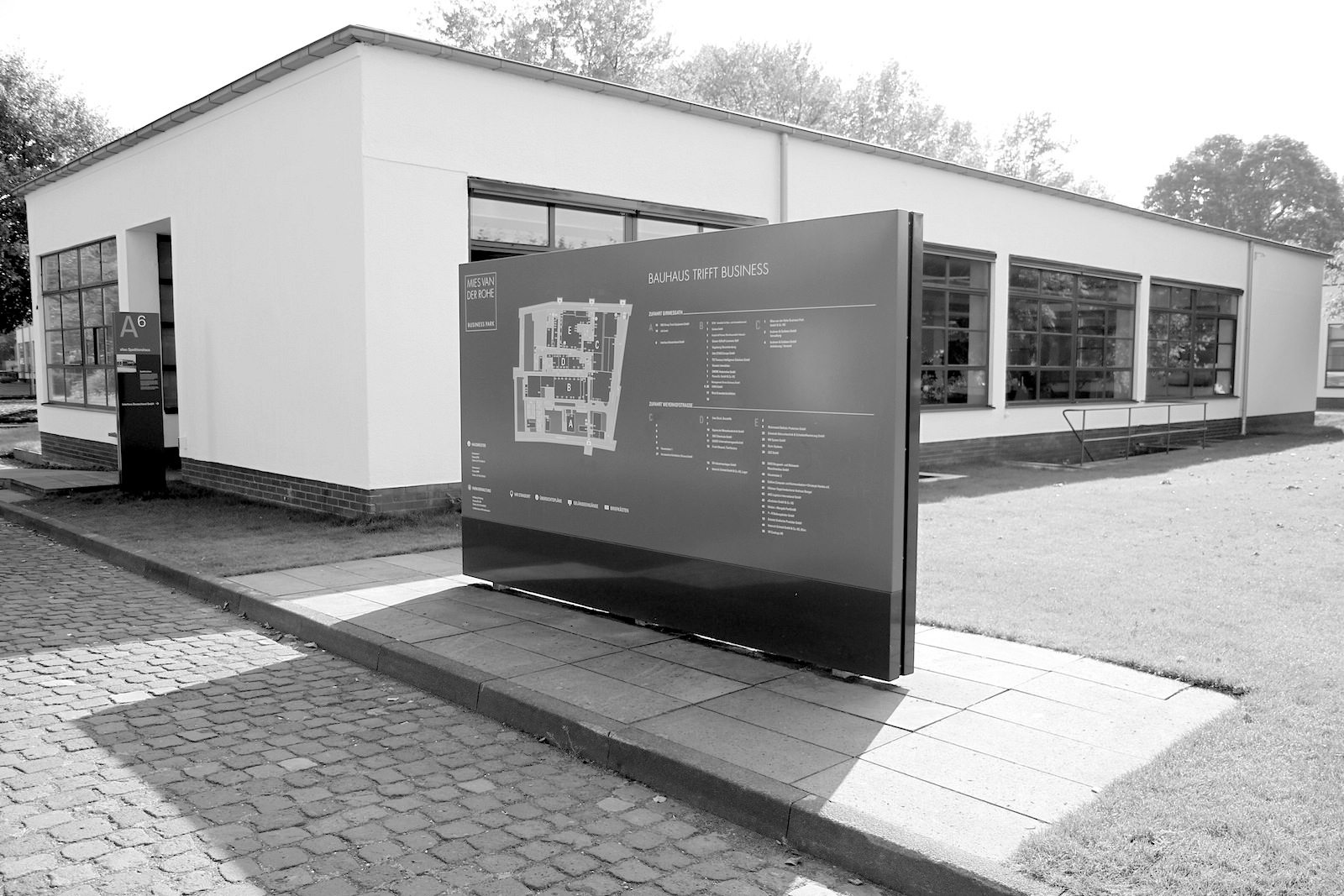
Mies van der Rohe Business Park
... technical innovation are present in his constructions here at the former Verseidag area.
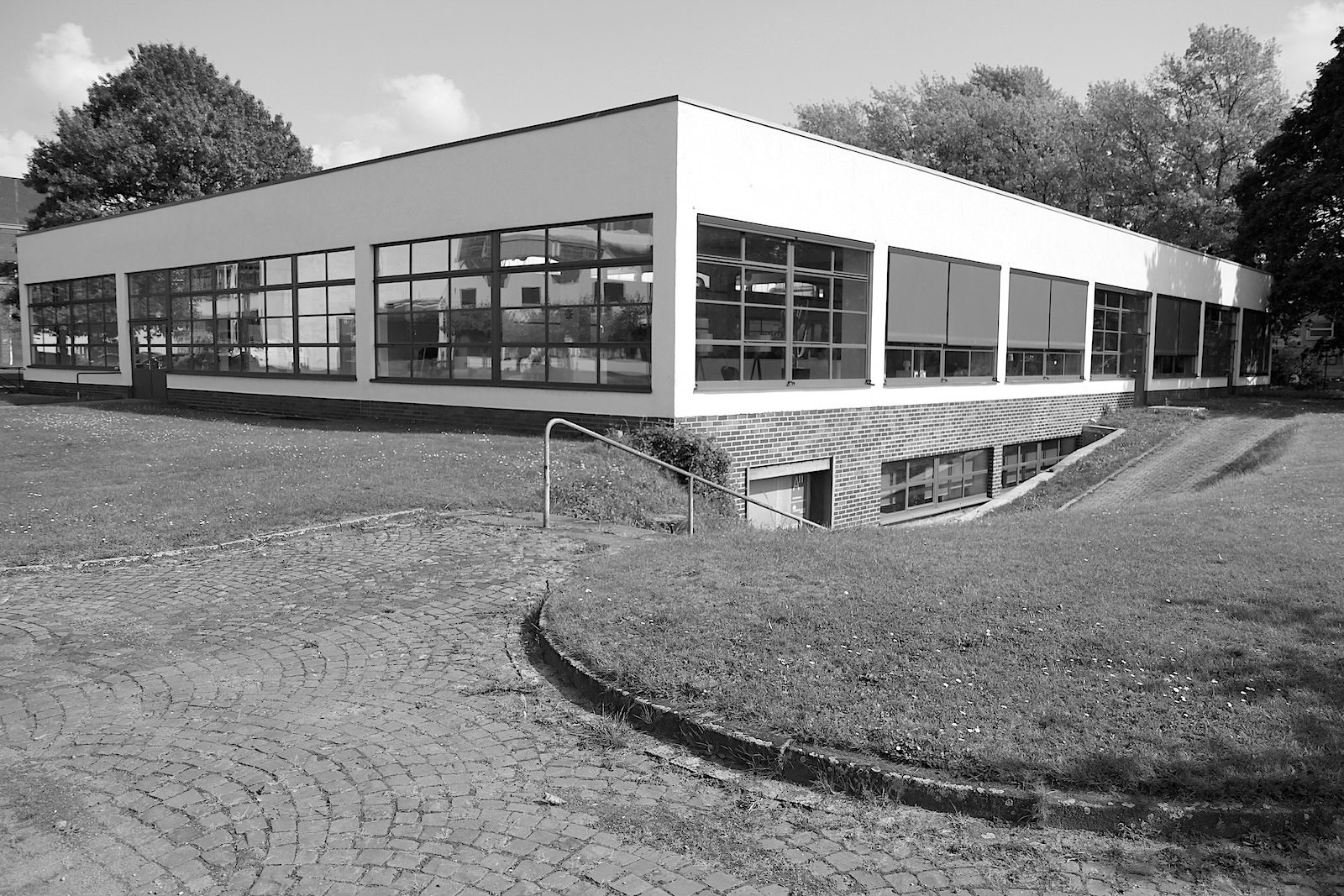
Mies van der Rohe Business Park
Alte Schlichterei
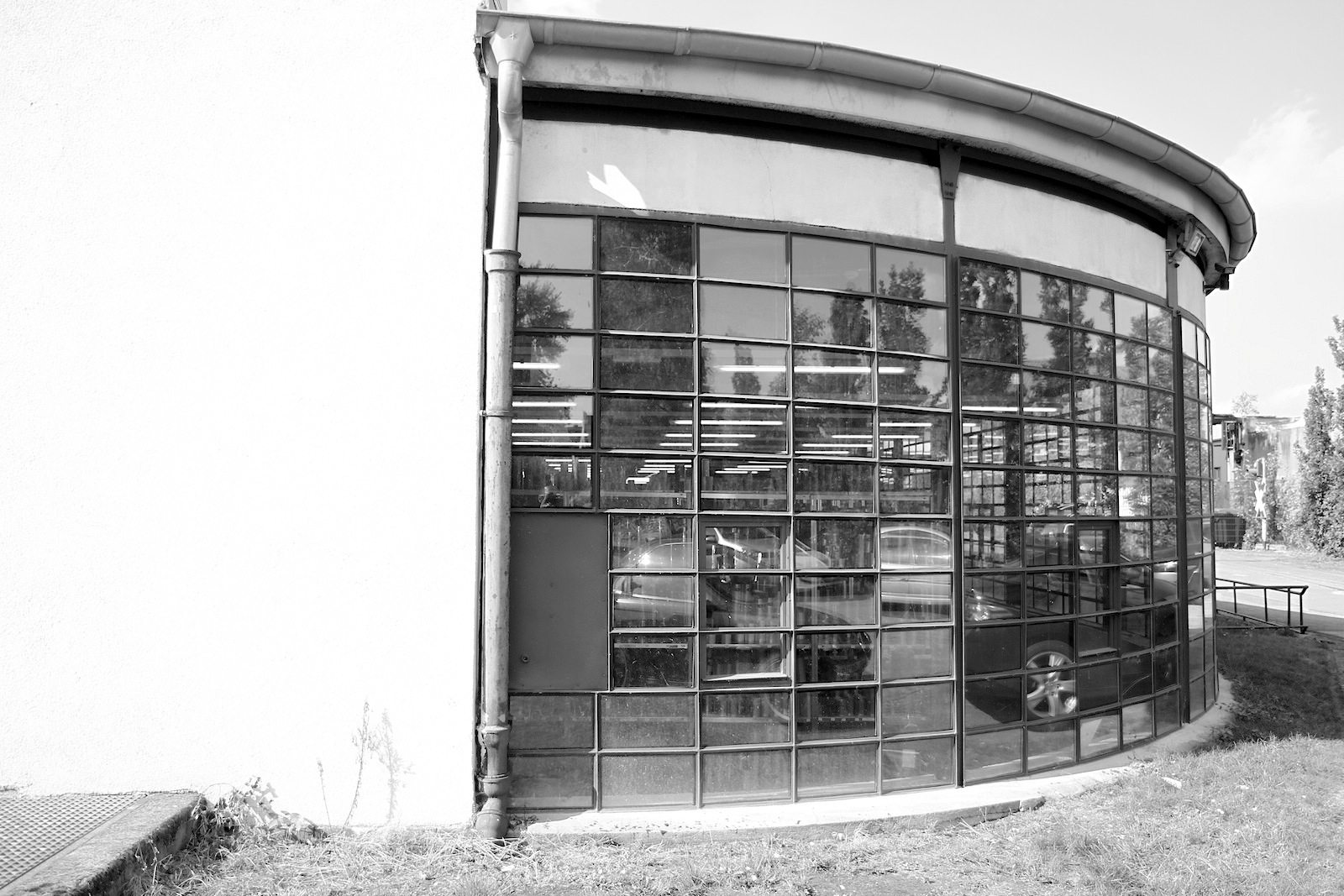
Mies van der Rohe Business Park
This building with the semicircular glass facade is ...
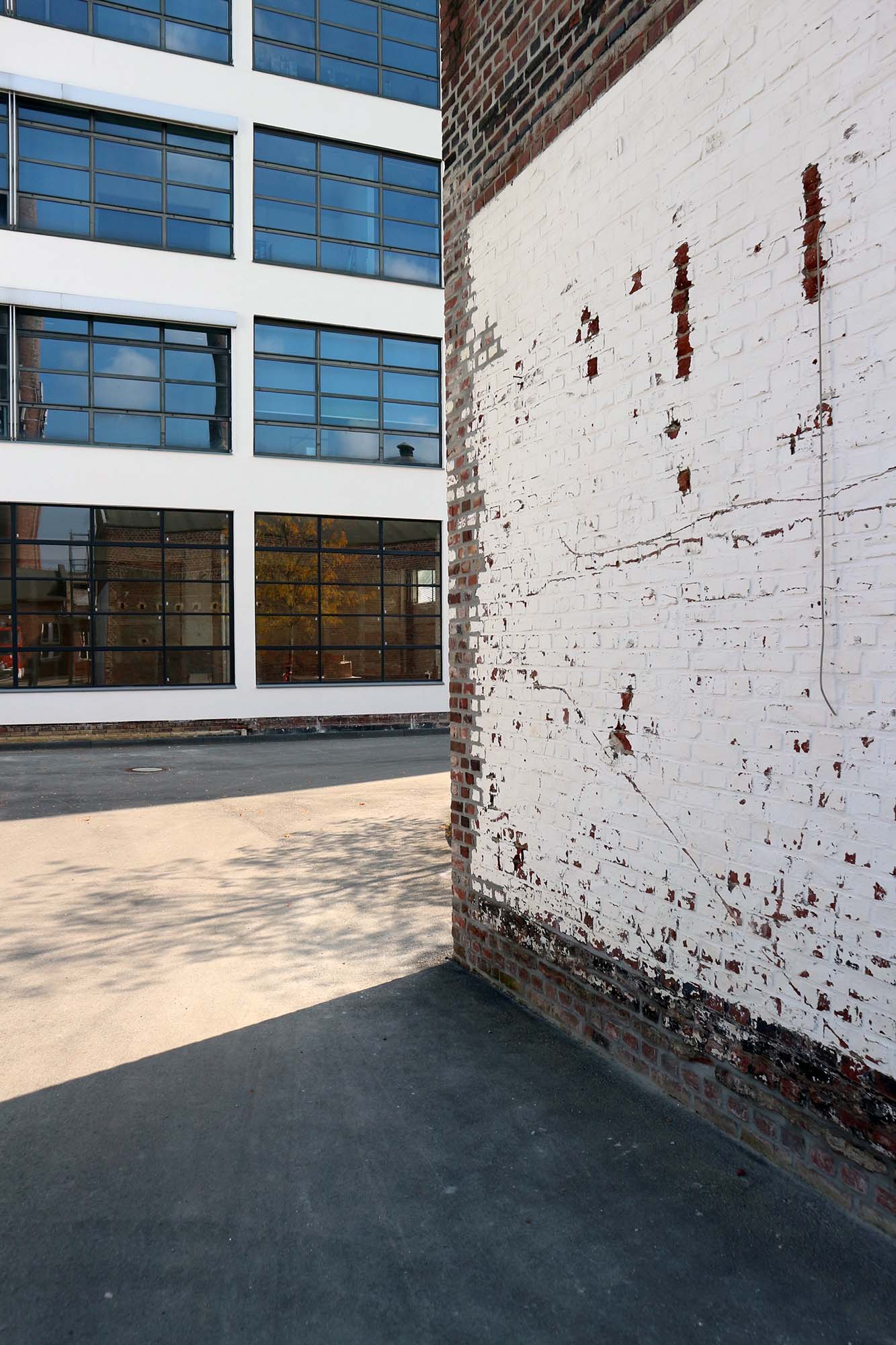
Mies van der Rohe Business Park
... part of the C area of the former Verseidag factory.
The expanses and axes, geometry and large scale of the business park are quite striking. The paths are wide. There are bright, linear buildings. Precise green spaces. The powerful boiler house. Brick, white cubes, floor-to-ceiling windows that seem to dissolve the façades. The area was used almost 90 years ago as a production site; today, it seems to have lost none of its functionality, activity, aesthetic or logic. Post carriers, couriers and delivery persons stop in front of the so-called HE building (named after the lining materials for men’s clothing produced there, Herrenfutterstoffe), the parking lot is almost completely full, and the clear structure makes it easy to orient oneself in the property.
These days, many industrial parks, with their building-use-ordinance-oriented non-architecture, would do well with a slightly bigger dash of Mies. Instead, landscapes and people have been mistreated with a kind of mop aesthetic: the main thing is to be clean, practical and germ-free. As Mies van der Rohe and his partner Lilly Reich showed in Krefeld, however, there is another way. Here, both initially designed the residences of the textile manufacturers Hermann Lange and Josef Esters. Shortly thereafter, the large-scale manufacturers, who had founded Verseidag in 1920, commissioned them anew. The association of several textile companies based in the Rhineland and in Thüringen developed into the largest producer of tie fabrics and silk. Mies designed the HE building and the dye shop for Verseidag. They are the only production buildings that the architect ever planned. He executed the modest, cubic construction with a white plaster façade and a regular window arrangement. Its long side is partitioned by water spouts. The main stairwell is especially emphasised, clad as it is with clinker bricks from Bockhorn. Starting in 1934, Mies handed over the planning of further buildings to his student Erich Holthoff, who became the leader of Verseidag’s construction department. For the design of the gatehouse, the product review building, the arbitration building and the office building (on the opposite side of the street), he largely implemented his teacher’s specifications. Although the formal language of the HE building was thus carried forward, Mies was nevertheless dissatisfied with the realisation of the clock tower, which was not harmonious enough for him.
After the destruction of the Second World War, today’s revival of the Verseidag property is less deserving of criticism. Parts of the property had already deteriorated previously, and the HE building was first used as an office building in the 1970s. The investor, Leendertz, has this to say: “To me, it looked devastating: the floor and windows were shattered, the roofs were caved in, and there were pigeons everywhere, while old ventilators creaked in the wind. It was the picture of desolation.”
Harald Krage, from the park’s sales and marketing department, confirmed this picture on our tour: „Horror“ was the word he used. At the same time, it quickly became clear „that the area is a real treasure,“ according to Krage. Lots of work was done before the improvements themselves. Mies’s plan for the space of the HE building, with the open floor plans, had thus disappeared and been distorted through various installations. In 1999, the site was placed under historical monument protection, whereupon the means were provided to tackle the dismantling into the original state. The Krefeld architect Karl-Heinrich Eick restored the “free organisation of space” once more, together with the interior architects (the Dusseldorf-based raumkontor). The restoration of the clock tower façade followed. The architect Georg von Houwald (from Krefeld) is responsible for the conversion, restoration and revitalisation of the other historical buildings. The development is far from complete. The dye works are housed in the shed hall. Light streams in through bands of glass. A flat, refined building. Here, Harald Krage underscores the worth of the restoration that was done according to historical protection standards. Even the hall had to be designed according to the famous Bauhaus philosophy, “Less is more.” Diagonally opposite, the boiler house is meant to be restored as a multifunctional event space. Its models include the Gasometer in Oberhausen and the Zollverein Coal Mine world heritage site in Essen. Famous offices like Staab Architekten and gmp submitted designs for it. Architect Heinrich Böll’s plan was declared the winner. “The great space will be reconceptualised according to historical preservation standards,” according to the assessment. In the architectural textile city of Krefeld, in the 21st century, one can’t get much more Mies than that.
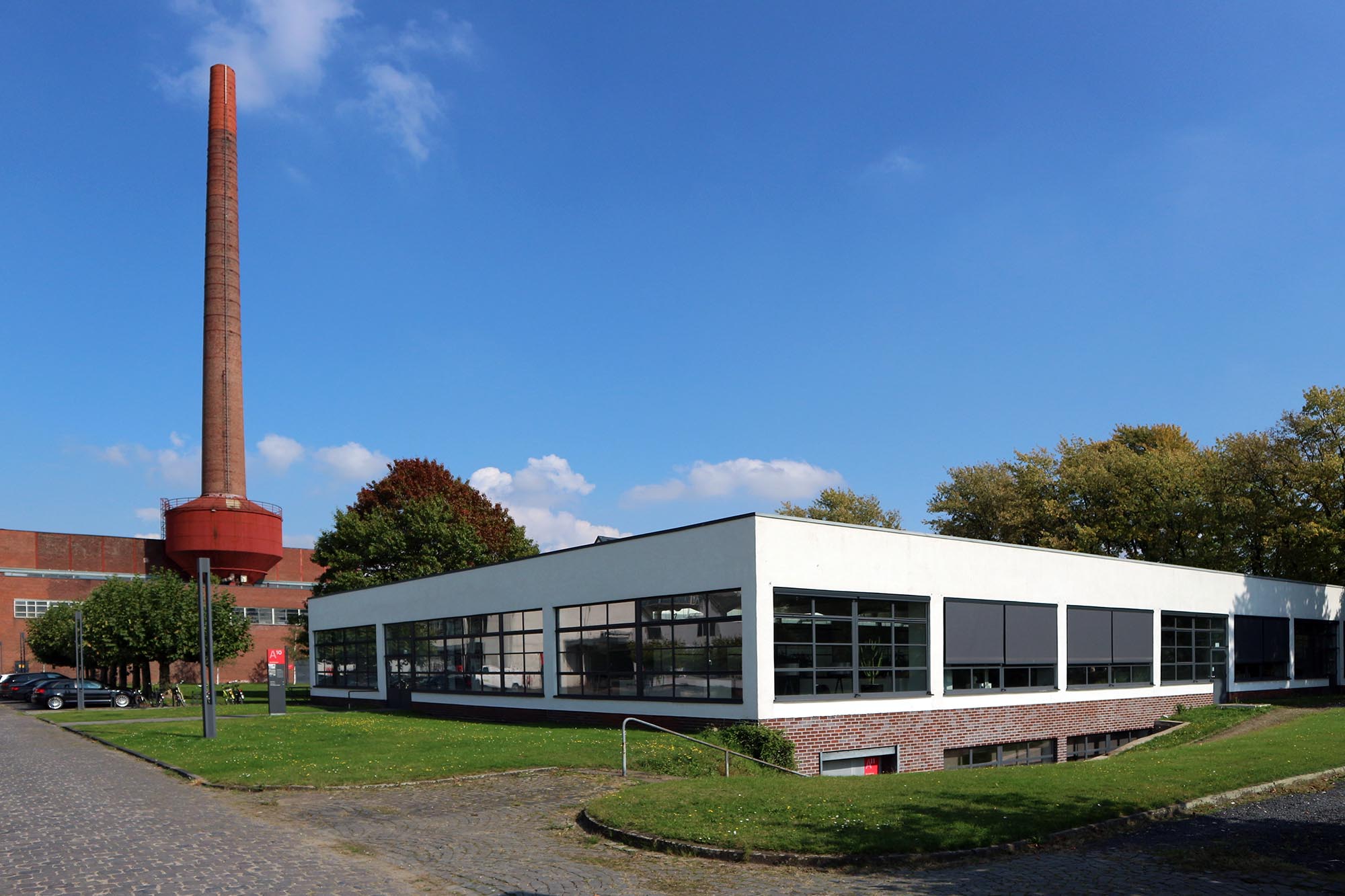
Mies van der Rohe Business Park
The clients, both Hermann Lange and Dr. Josef Esters were directors of Verseidag ...
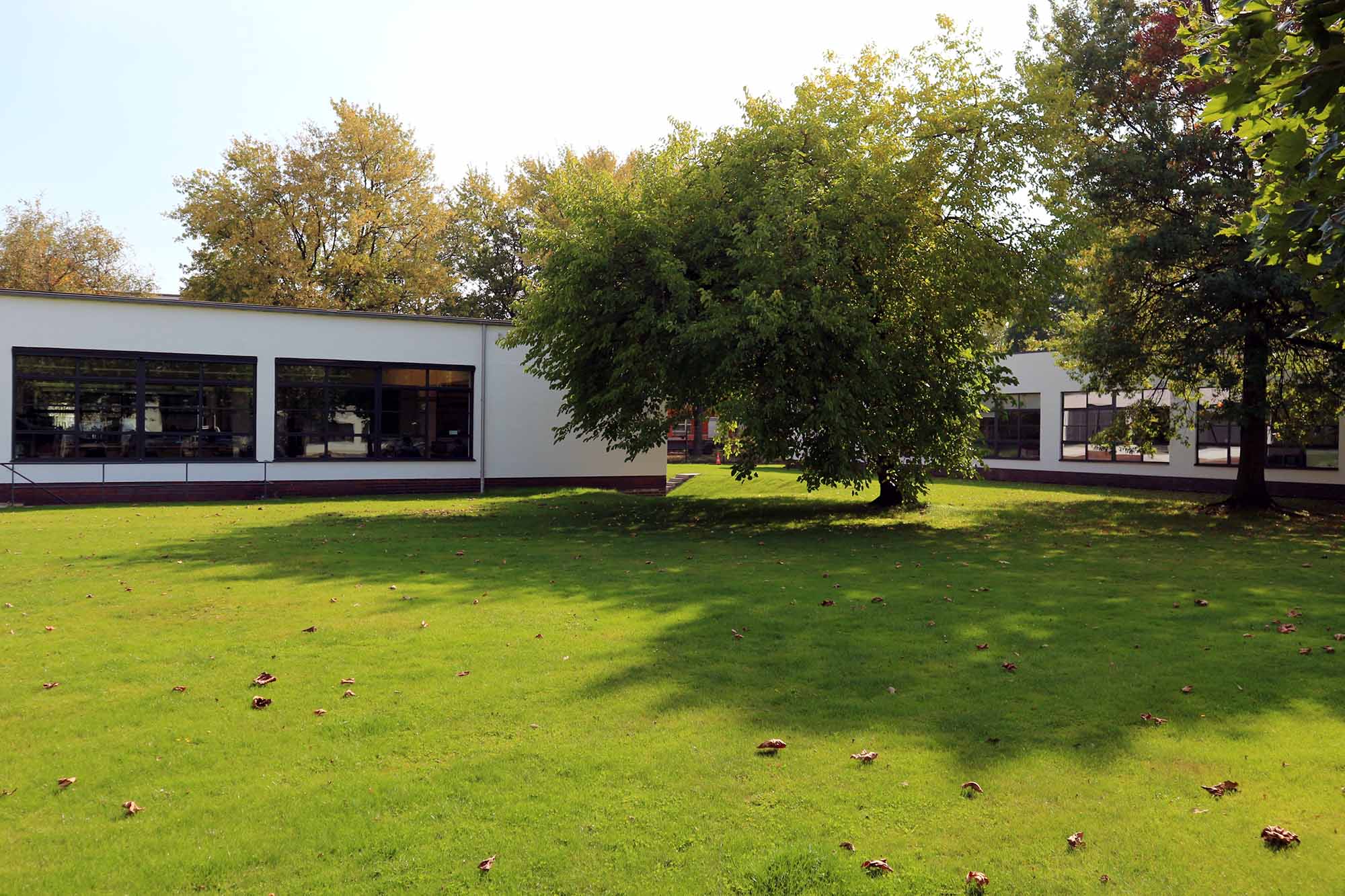
Mies van der Rohe Business Park
... a combine comprising several textile companies from Krefeld and other cities in Germany.
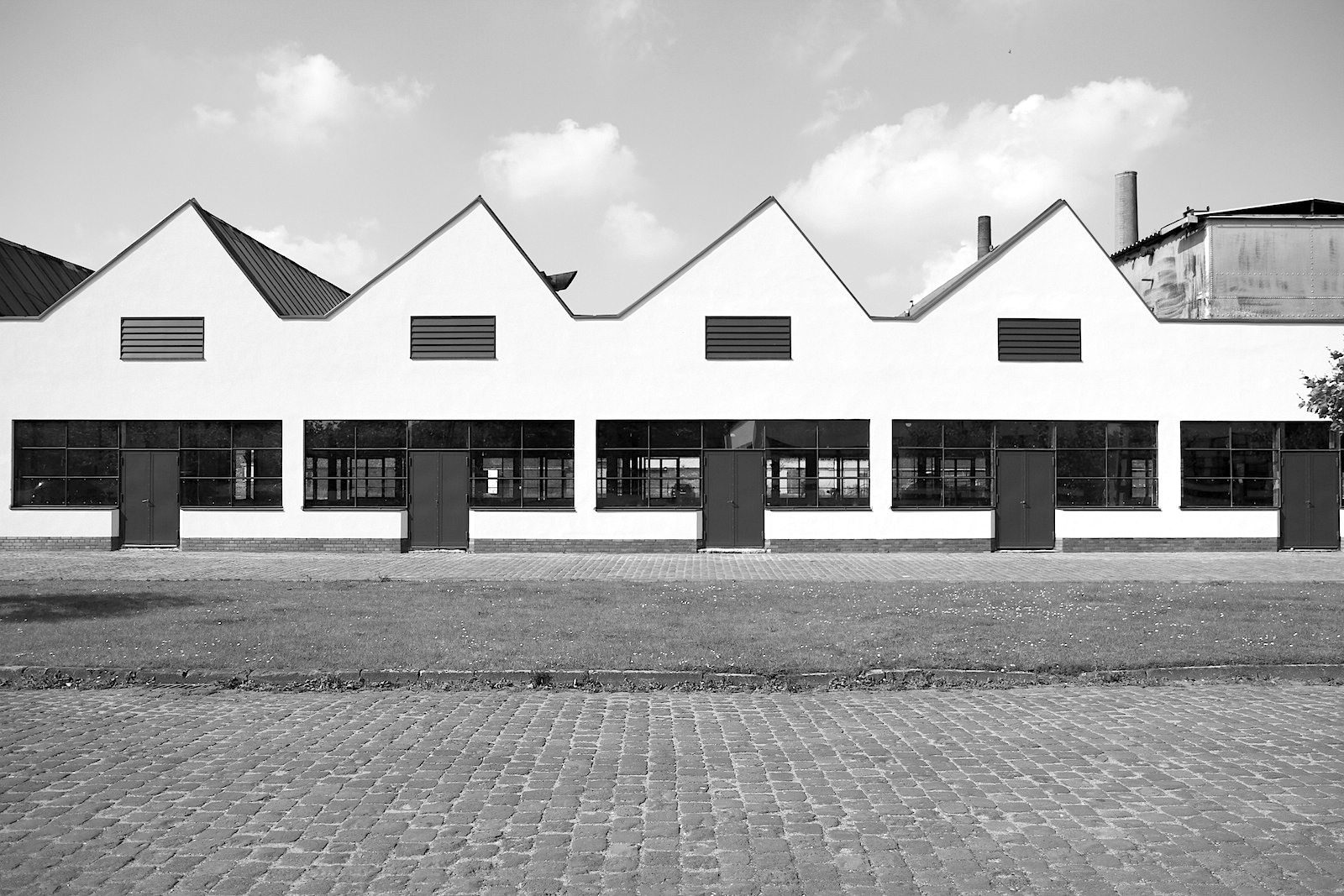
Mies van der Rohe Business Park
The dyeing mill
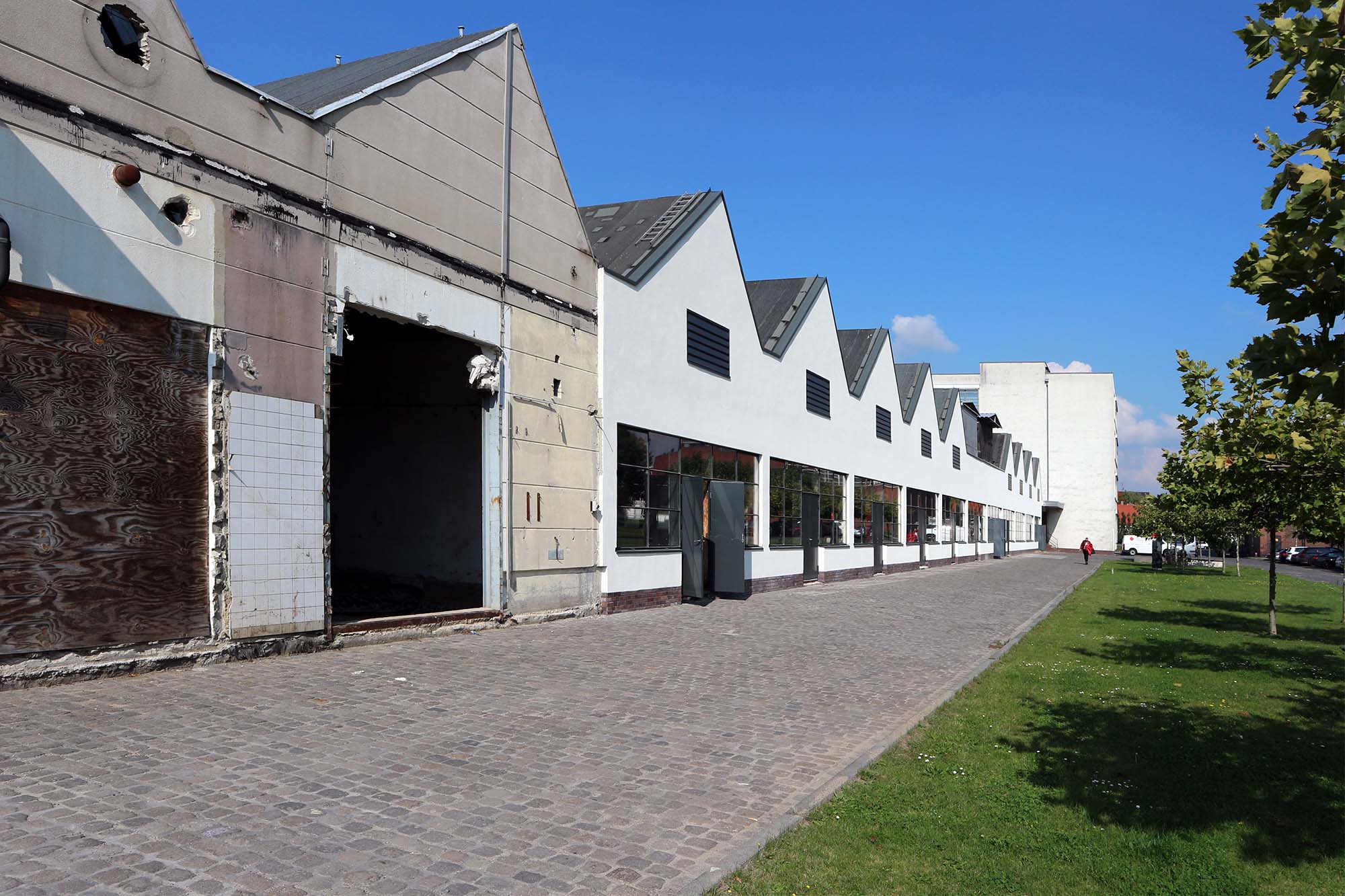
Mies van der Rohe Business Park
Mies's surviving oeuvre in Europe is small
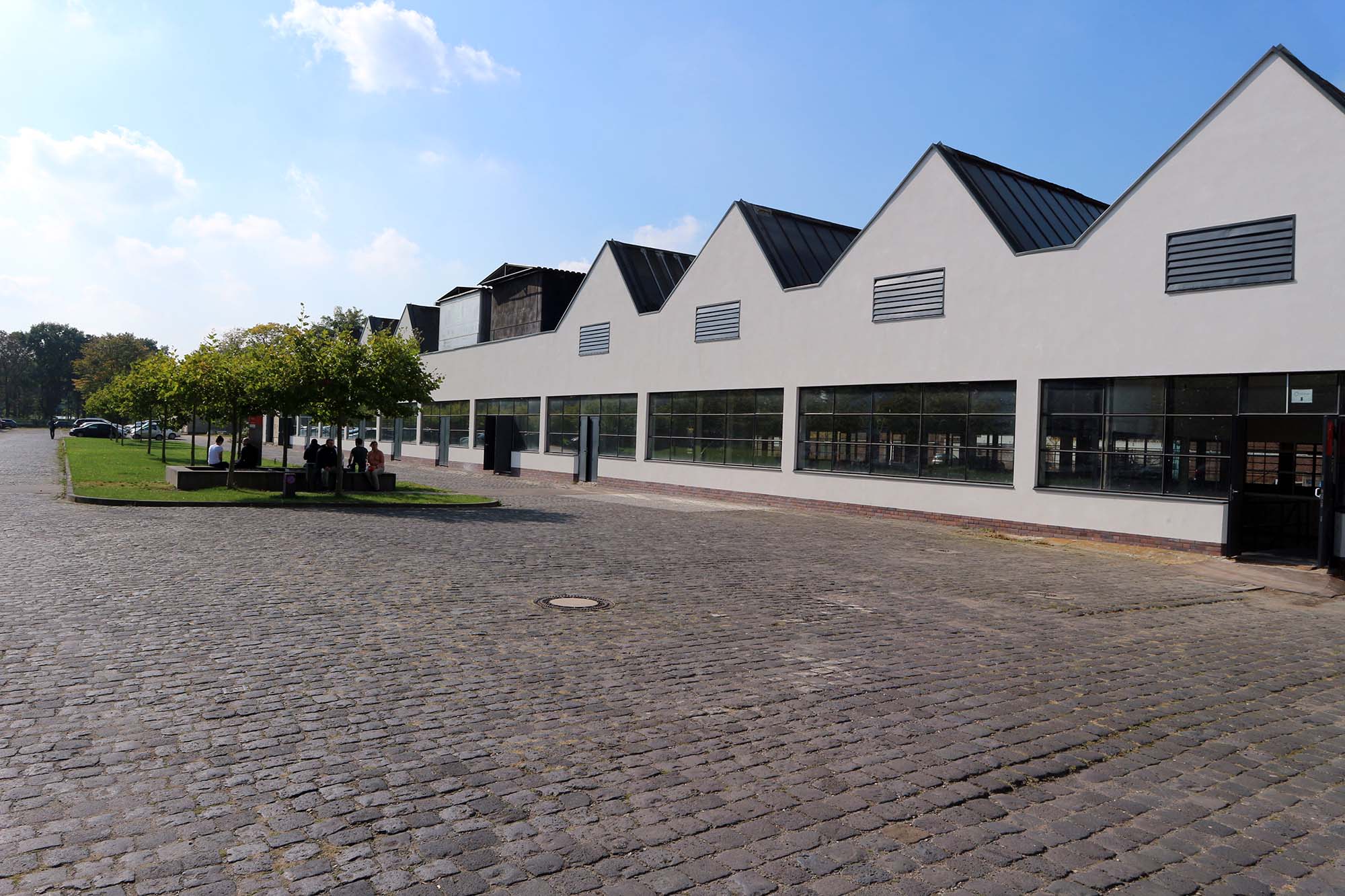
Mies van der Rohe Business Park
It comprises nine buildings, of which three are in Krefeld
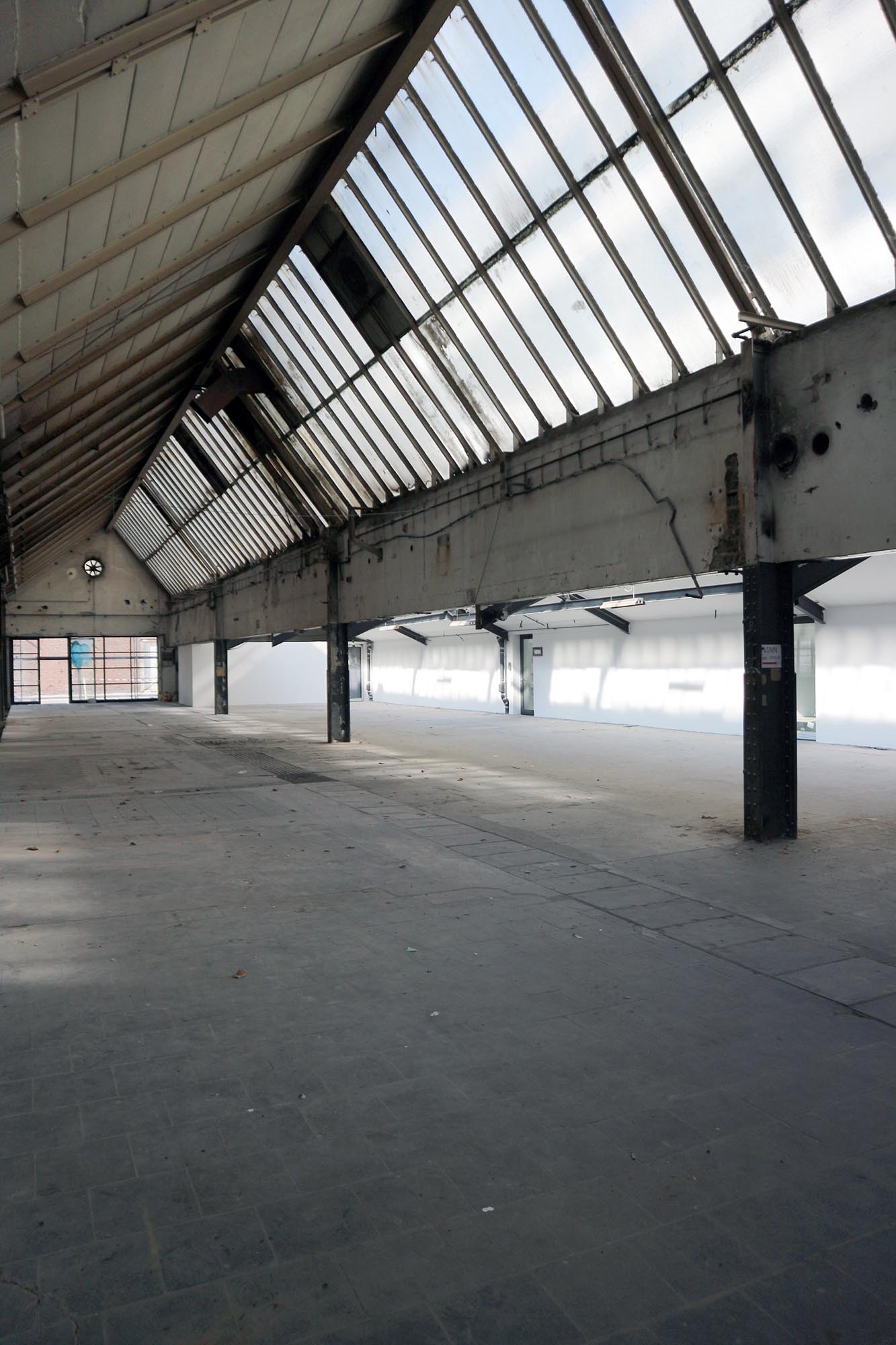
Mies van der Rohe Business Park
The Lange and Esters Houses (1930), and ...
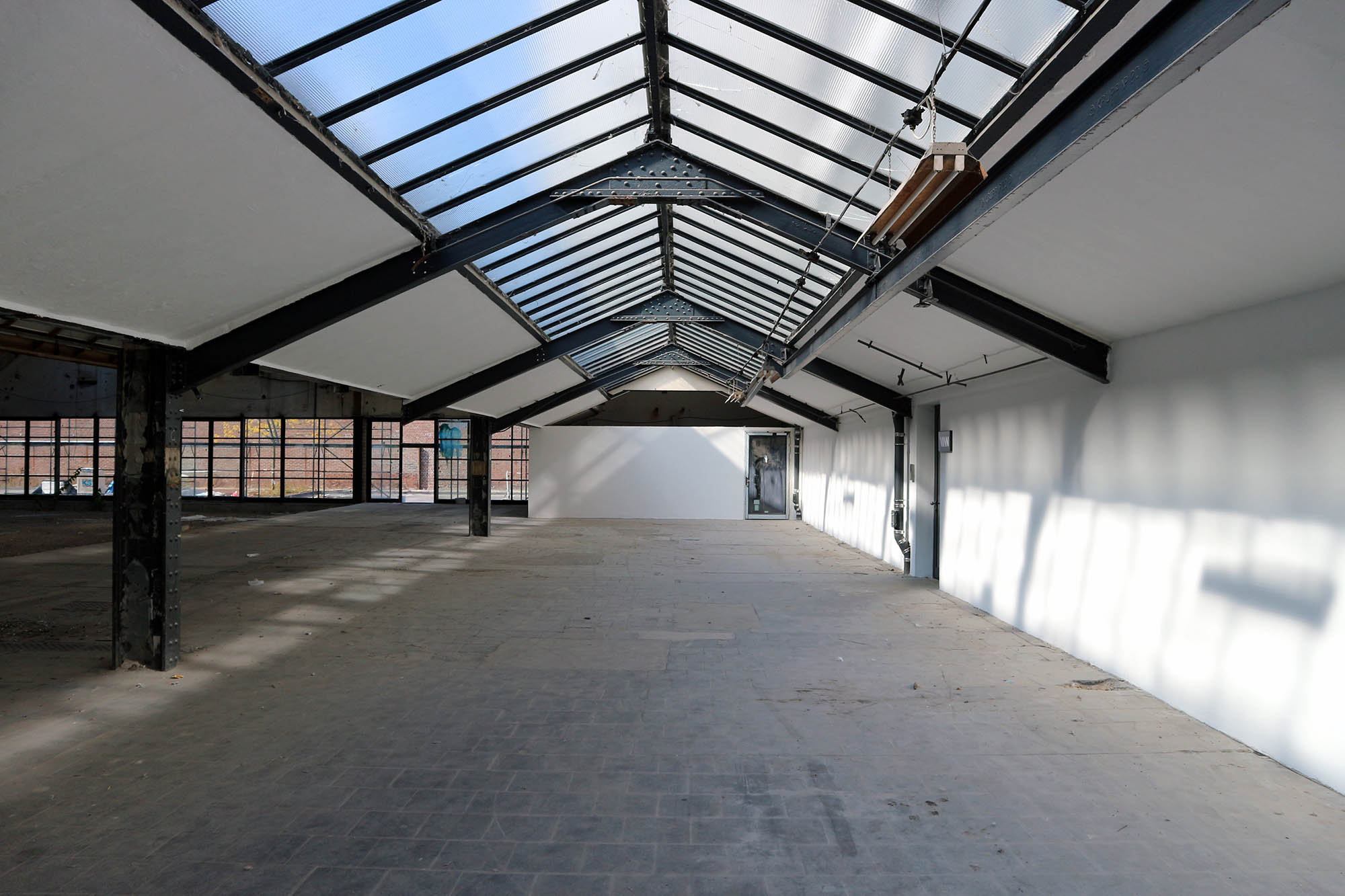
Mies van der Rohe Business Park
... his only industrial building, the dye works and HE building
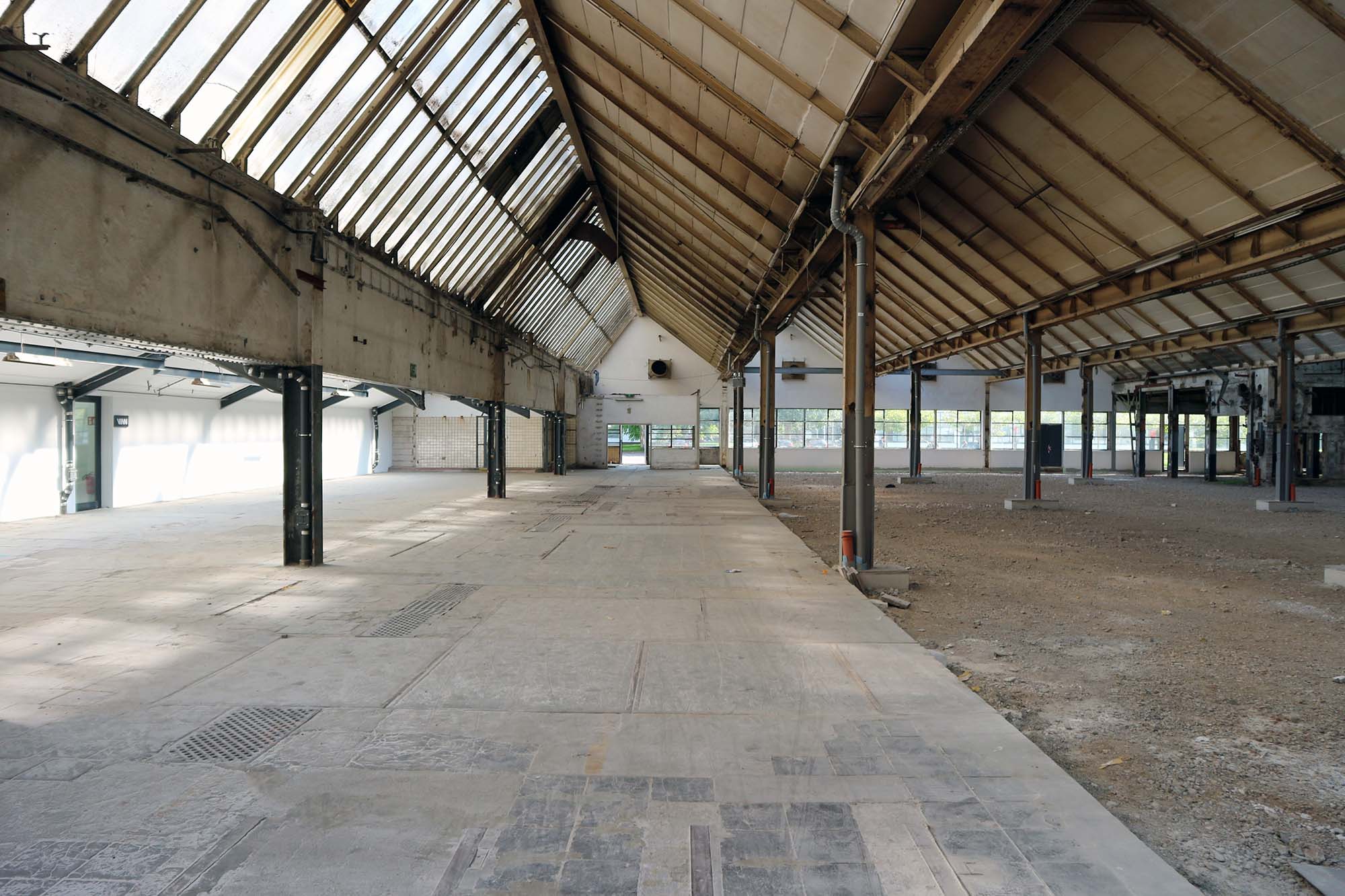
Mies van der Rohe Business Park
Ongoing restoration
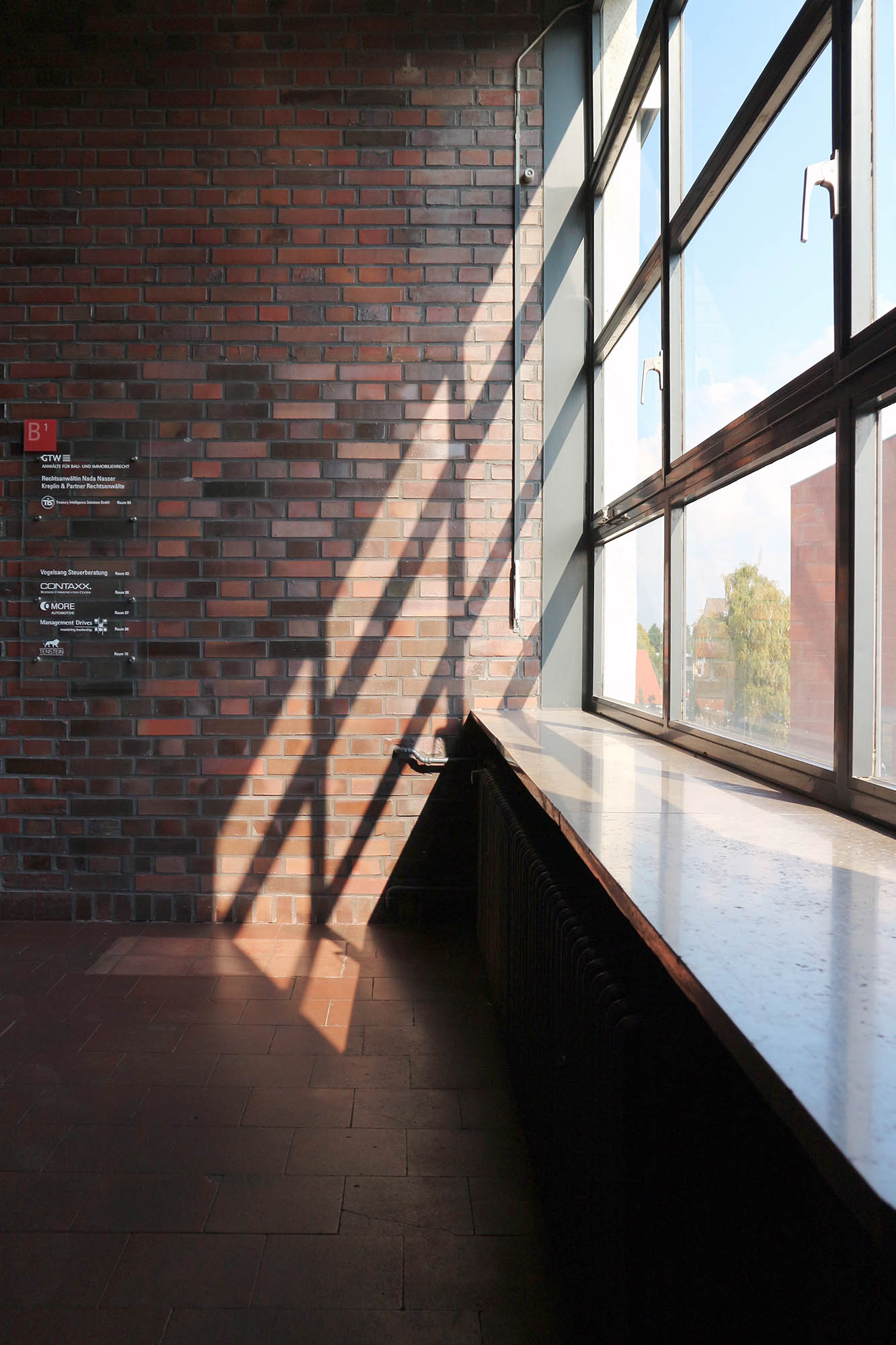
Mies van der Rohe Business Park
Inside the HE building
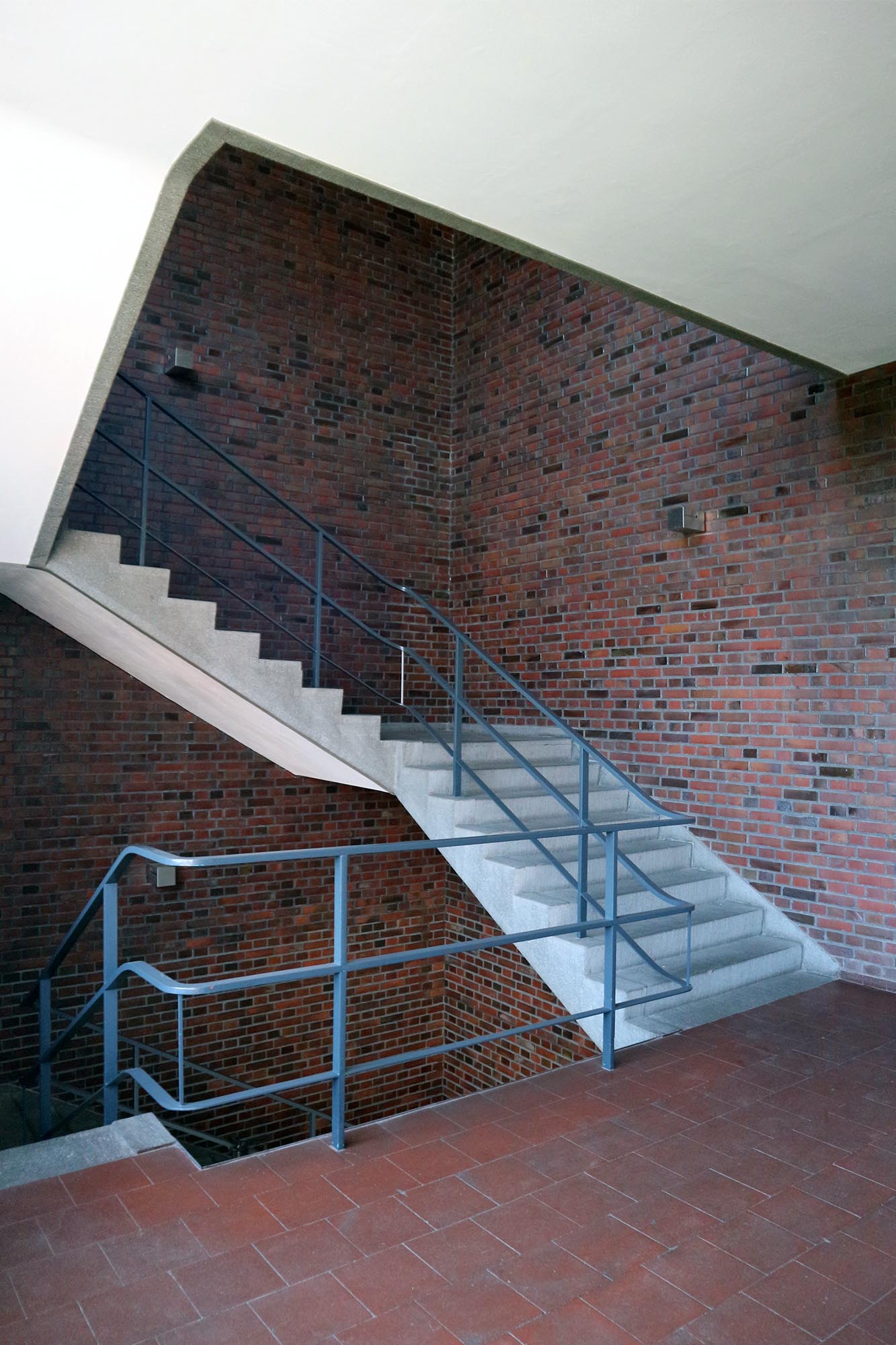
Mies van der Rohe Business Park
The main stairwell is especially emphasised.
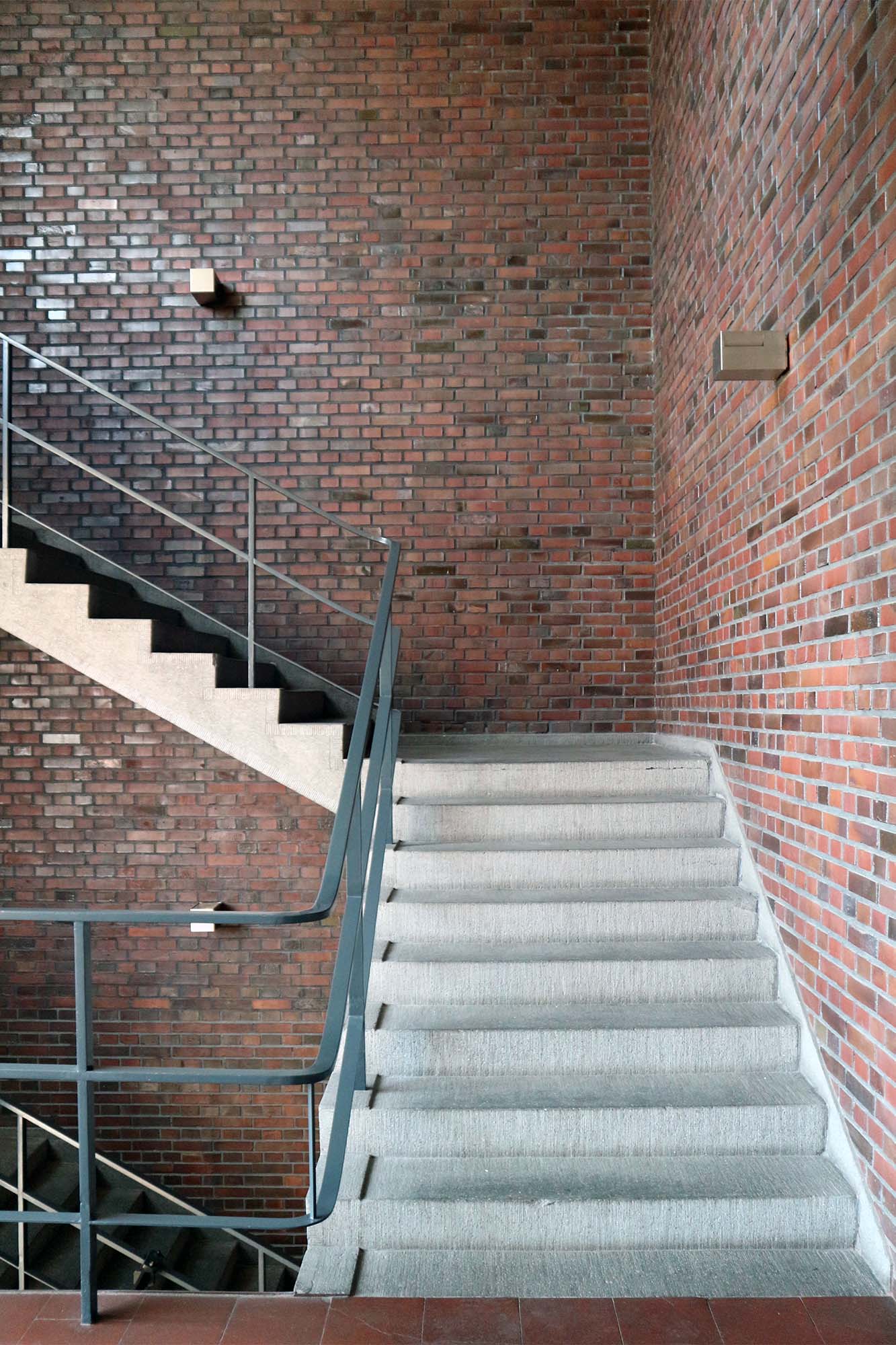
Mies van der Rohe Business Park
Clad as it is with clinker bricks from Bockhorn.
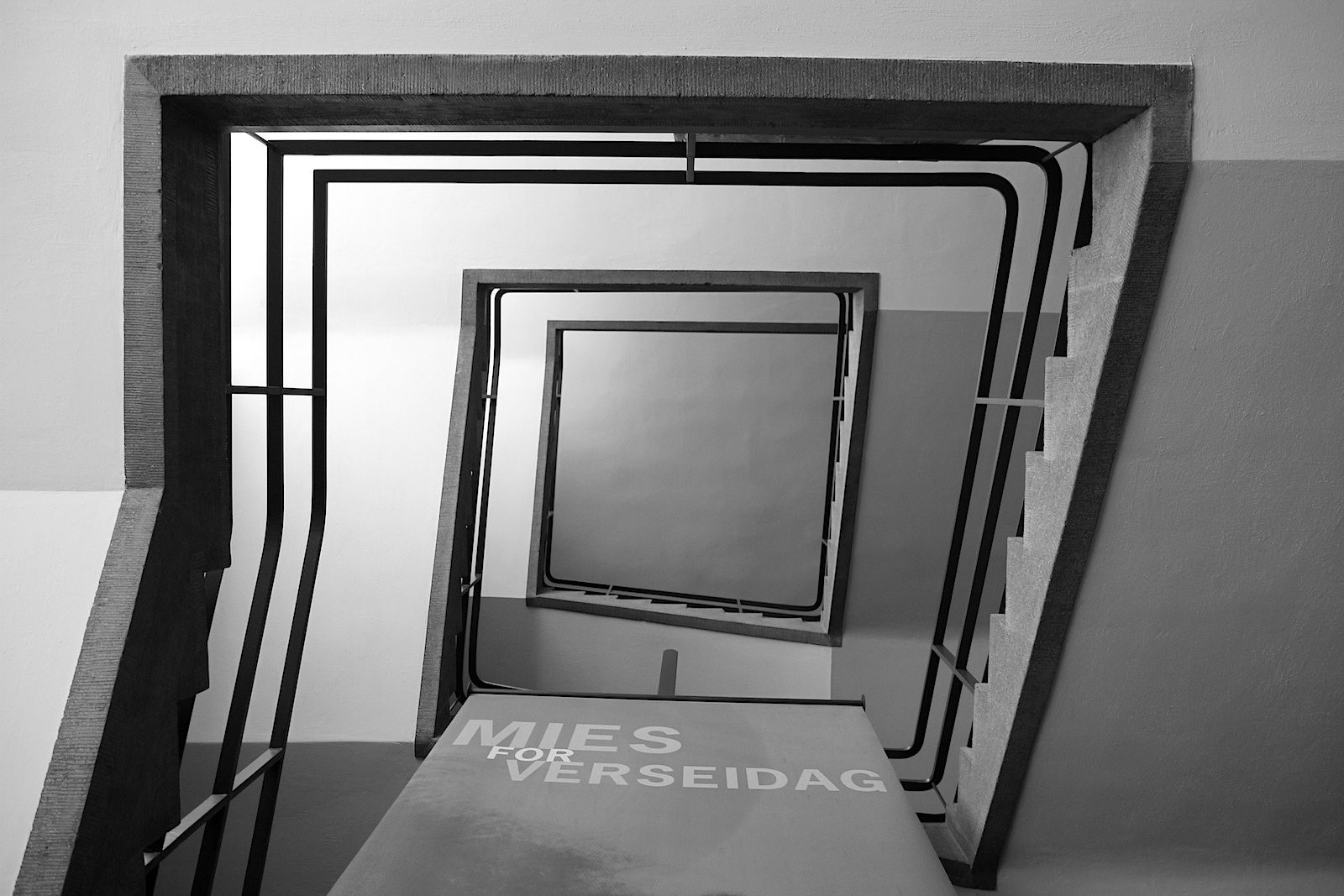
Mies van der Rohe Business Park
Symmetry and geometry
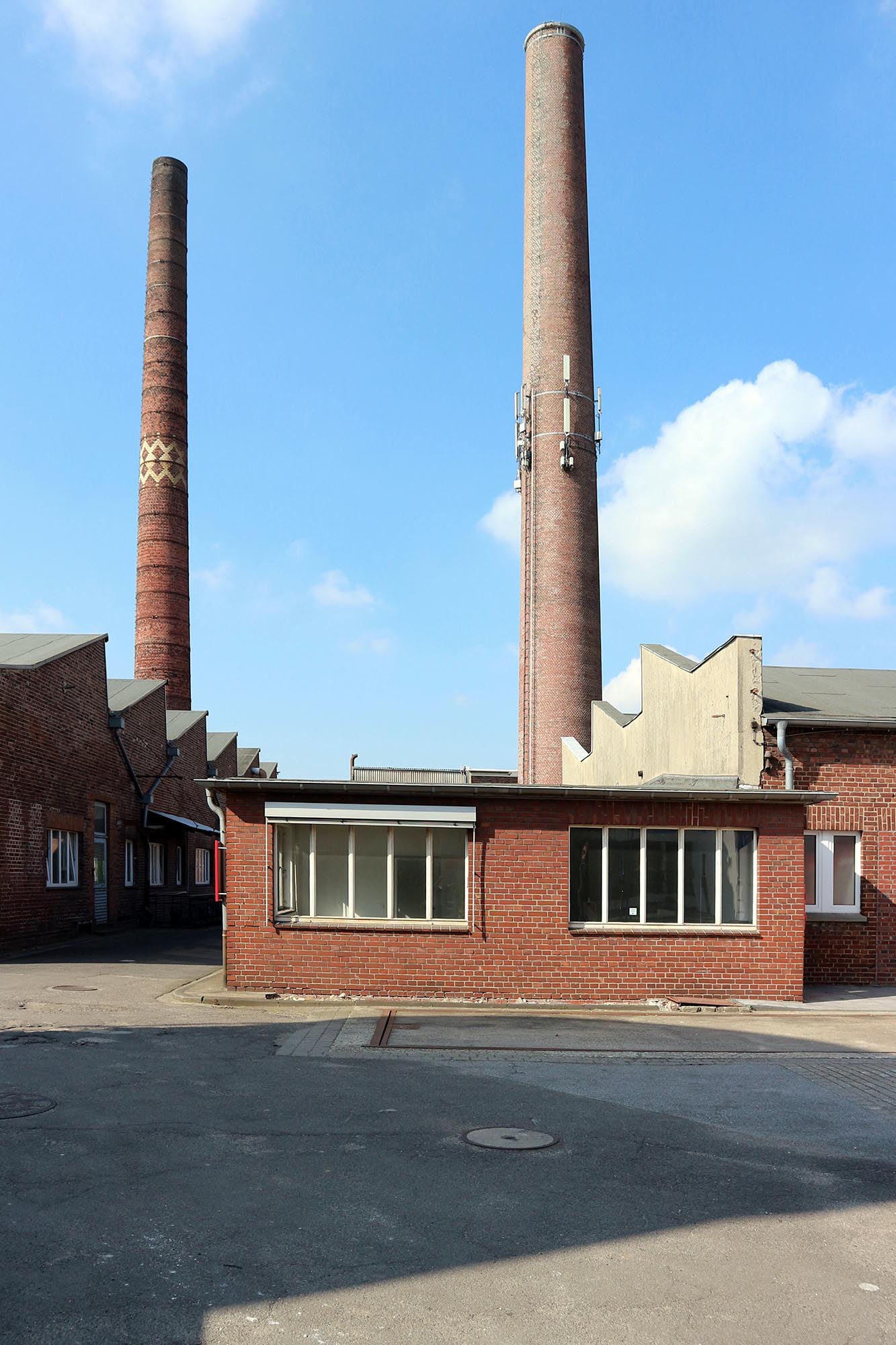
Mies van der Rohe Business Park
The C and E area of the park
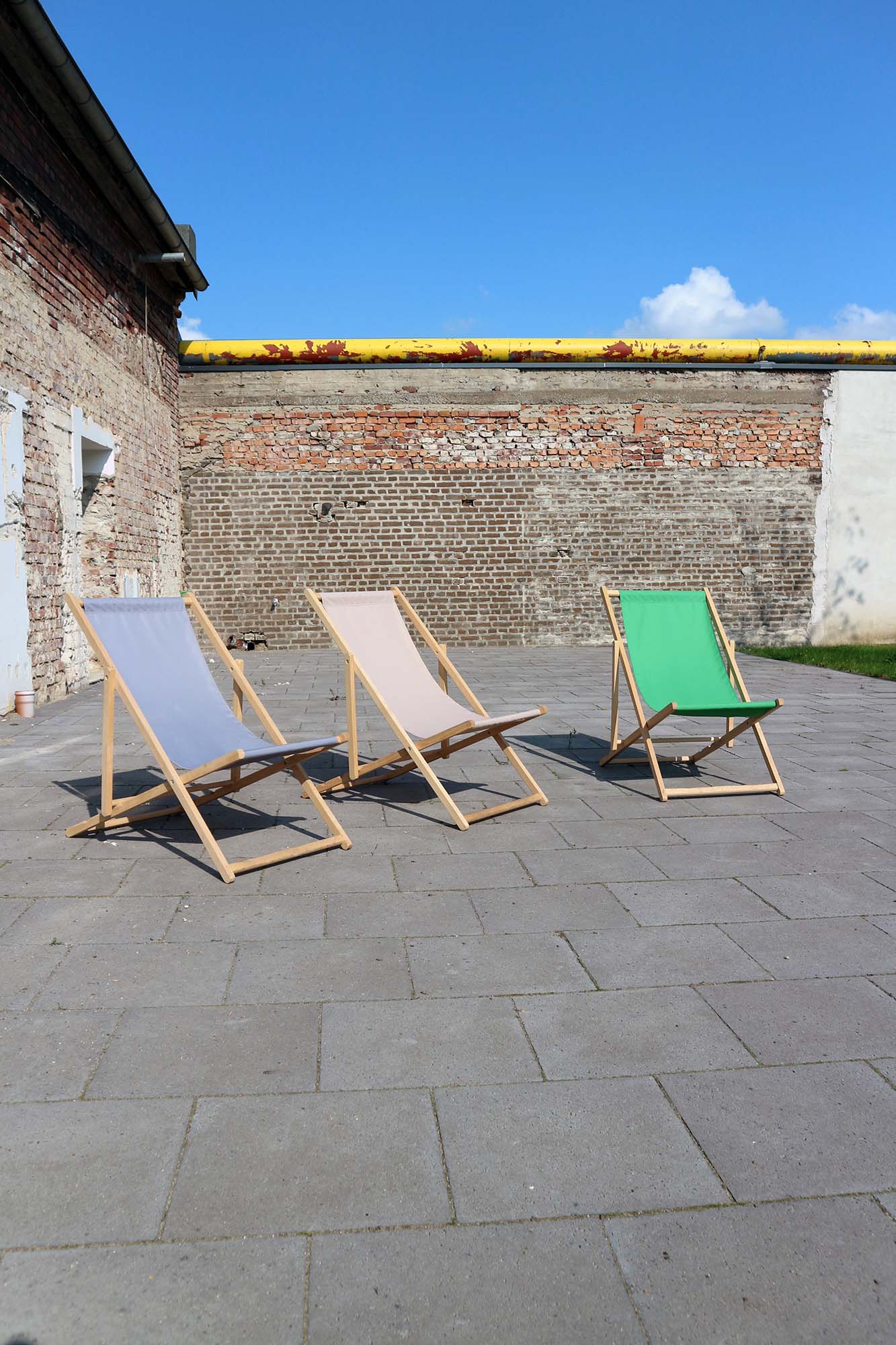
Mies van der Rohe Business Park
Laid-back
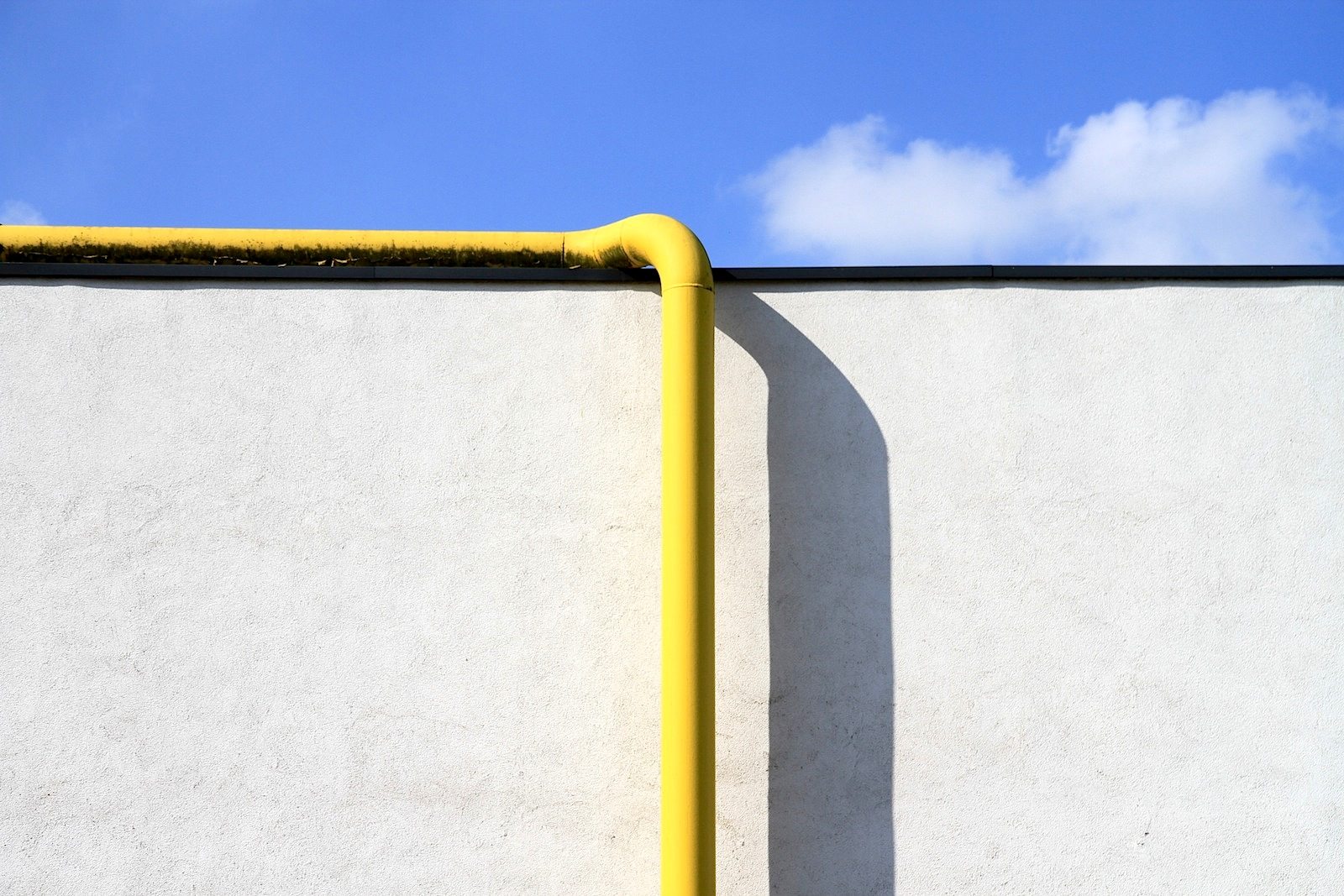
Mies van der Rohe Business Park
Details of the building with the clock tower
»The great space will be reconceptualised according to historical preservation standards.«
About Heinrich Böll's plan for the "Eventquartier"
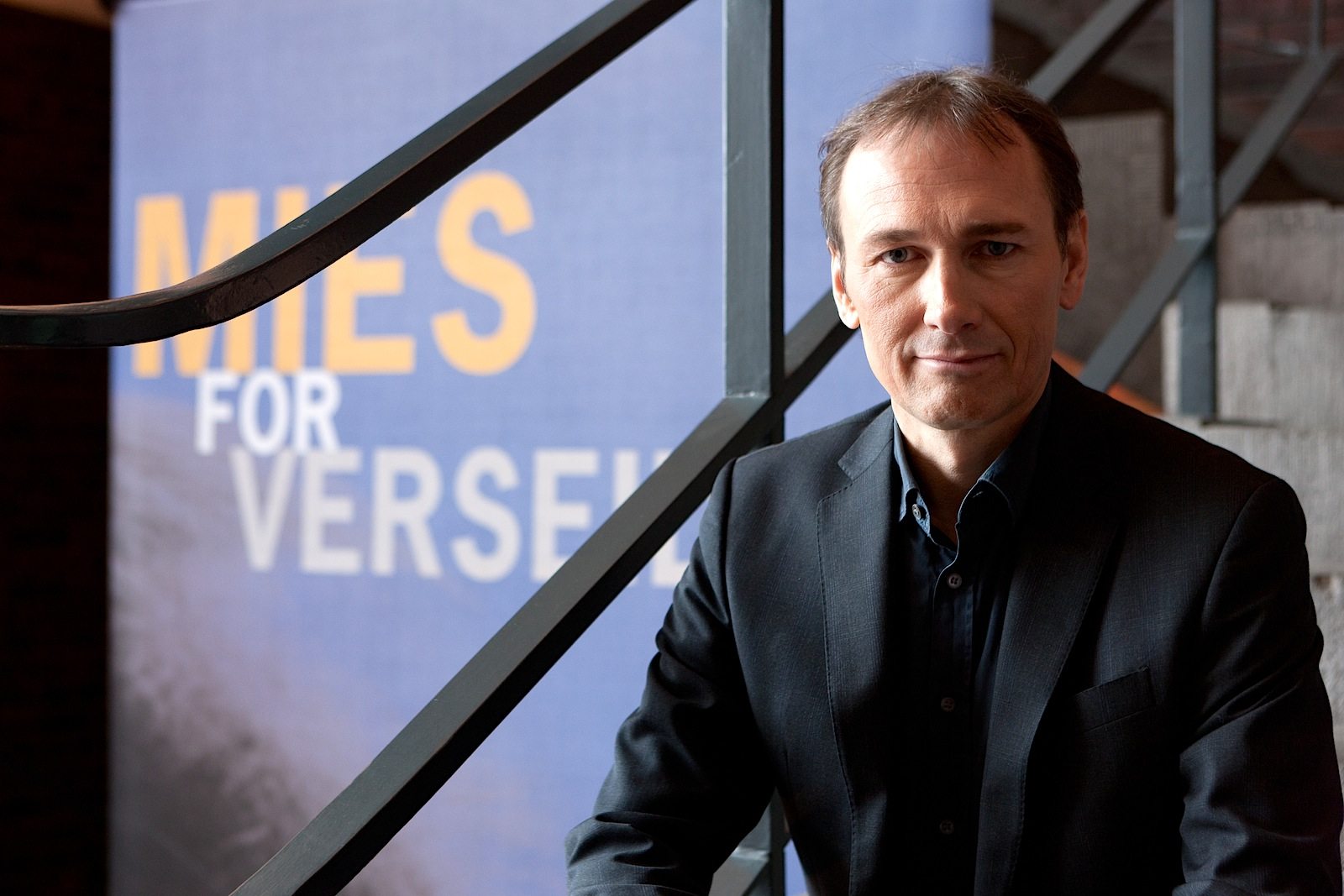
Mies van der Rohe Business Park
Wolf-Reinhard Leendertz, the initiator of the park and managing director of Krago, a company for hook and loop fastener.

Verseidag
Rare historical photos of ...
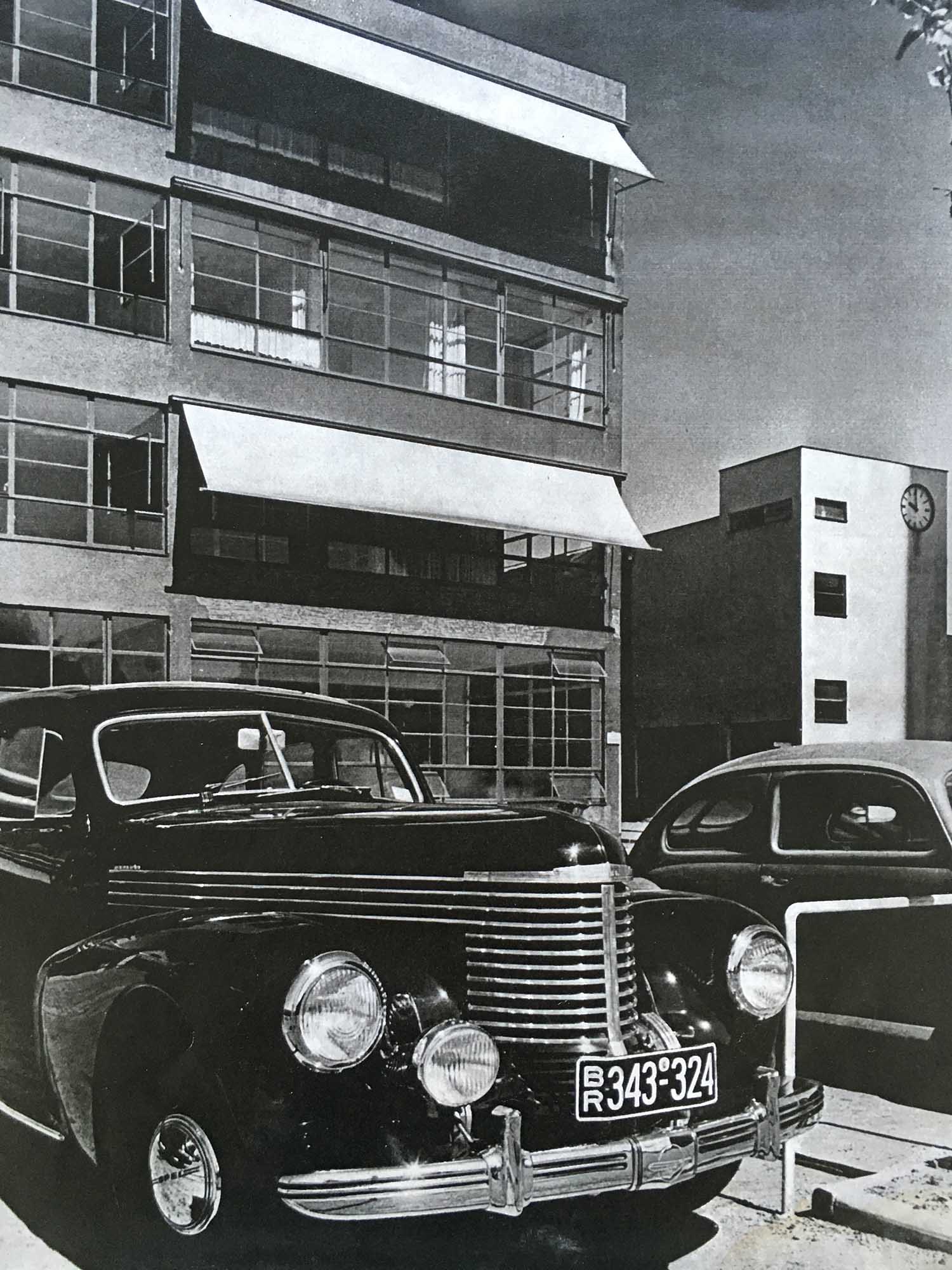
Verseidag
... the former textile factory.
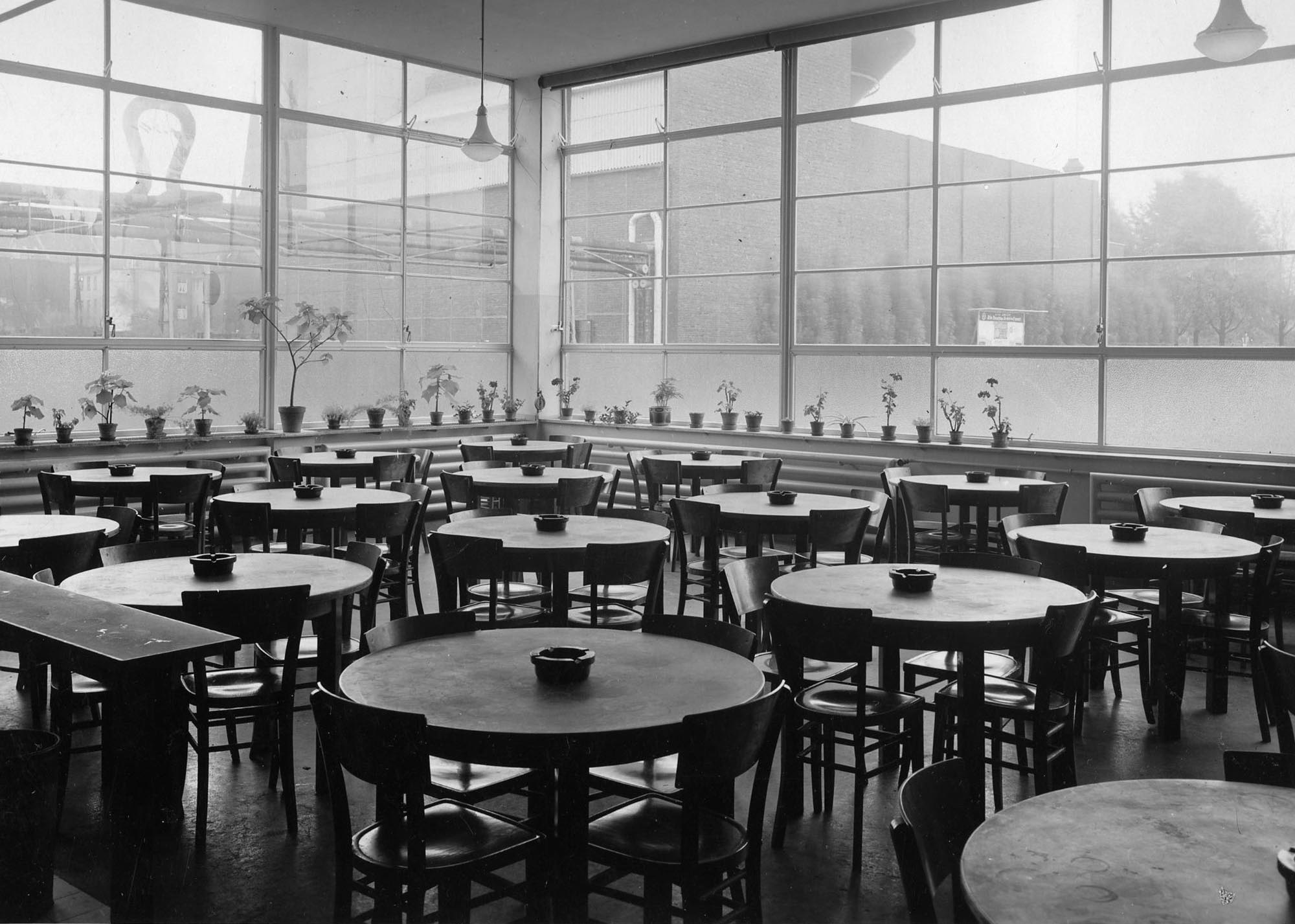
Verseidag
The combine was founded in 1920 by the Lange and Esters
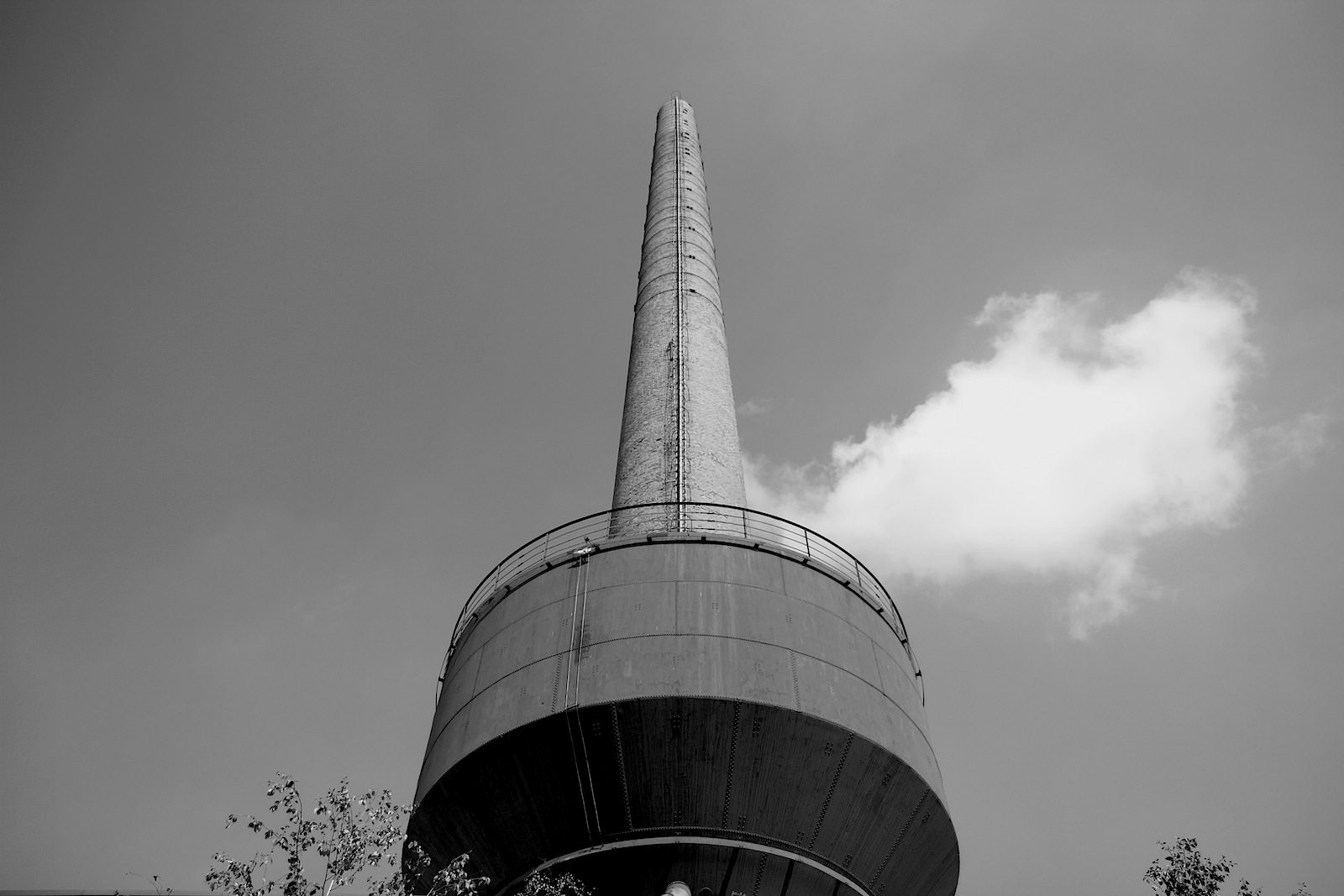
Mies van der Rohe Business Park
The imposing chimney of the boiler house
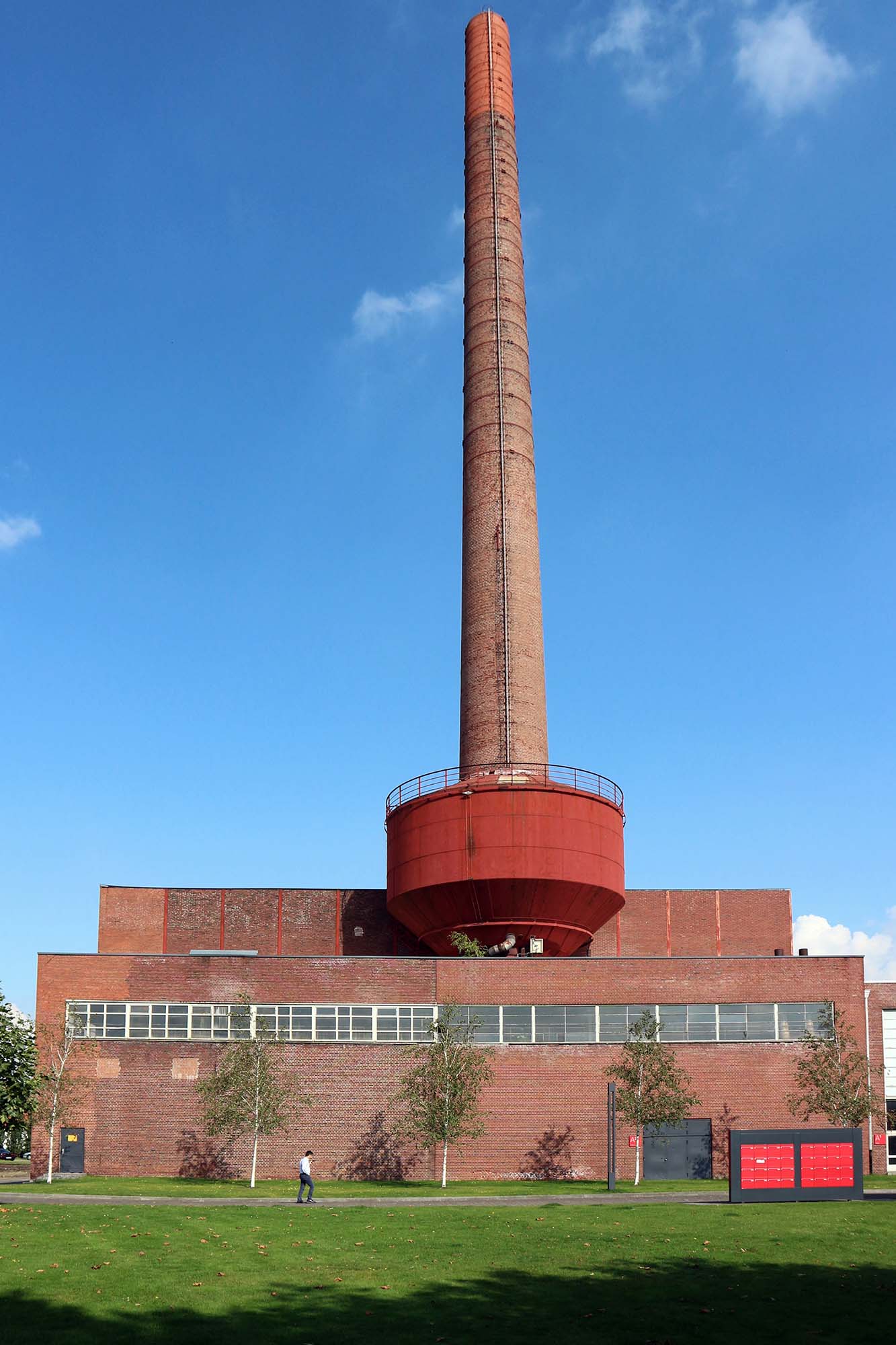
Mies van der Rohe Business Park
The building (completed in 1932) will be transformed into a new multifunctional event space according to plans by ...

Mies van der Rohe Business Park
... the architect Heinrich Böll from Essen, who was also involved in the transformation of the Unesco World Heritage Site Zeche Zollverein.
Mies van der Rohe Business Park
Address: Girmesgath 5, 47803 Krefeld. Architect HE building: Ludwig Mies van der Rohe. Architect restoration: Karl-Heinrich Eick, Krefeld with raumkontor, Dusseldorf (interior design). Completion: 2003. Total area: 110.000 square meter.
Vereinigte Seidenwebereien AG (VerSeidAG)
Verseidag is synonymous with high-quality, coated ‘technical textiles’ and expertise in high-performance materials and application markets. Verseidag products can be found in many highly demanding application markets such as textile architecture, large tents, large-format digital printing, biogas, bullet-proof vests and other industry solutions.
Wolf-Reinhard Leendertz
Born 1962. Studied business and economics. Entered the family business Krahnen & Gobbers GmbH (Krago) in 1993. Girmes AG was founded in 1879 and in the 1970’s was Europe‘s largest manufacturer of velvet, furniture velour and carpets. Up until the 1990’s the brand BRISA hook and loop fasteners was manufactured at the company Girmes AG’s factory in Nettetal. Following the bankruptcy of Girmes AG the field of hook and loop fasteners was taken over by Krago. Krago stands for the development, manufacture and sale of high quality materials and textiles. Leendertz is managing director of both, Krago and the management company Girmesgath GmbH, responsible for the Mies van der Rohe Business Park.